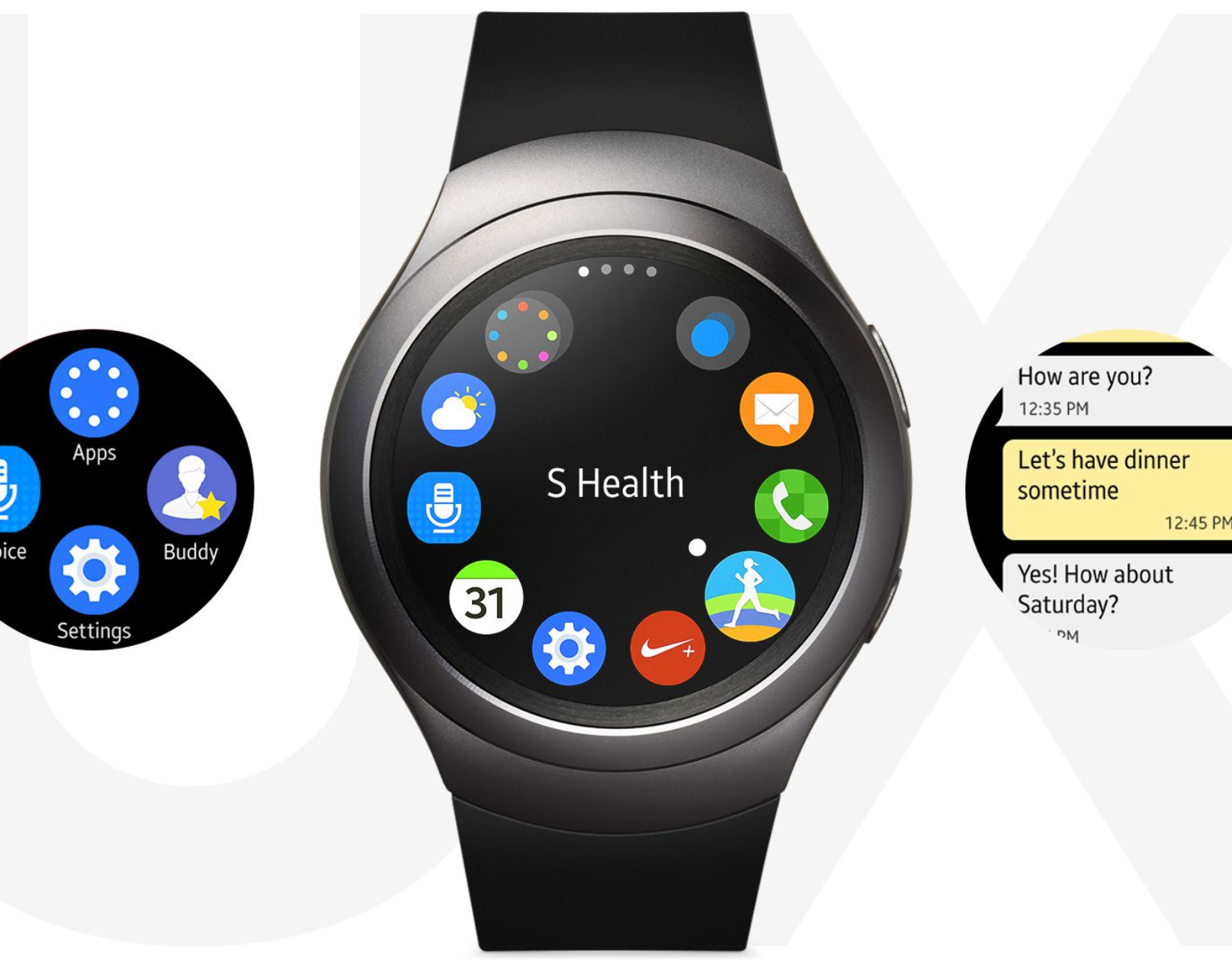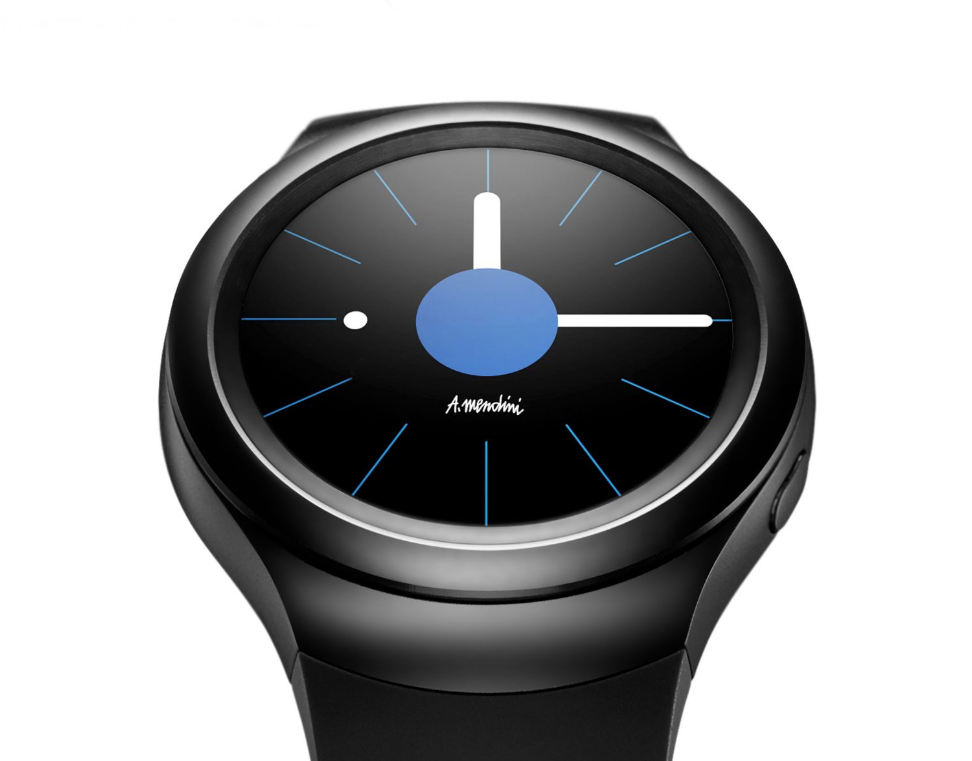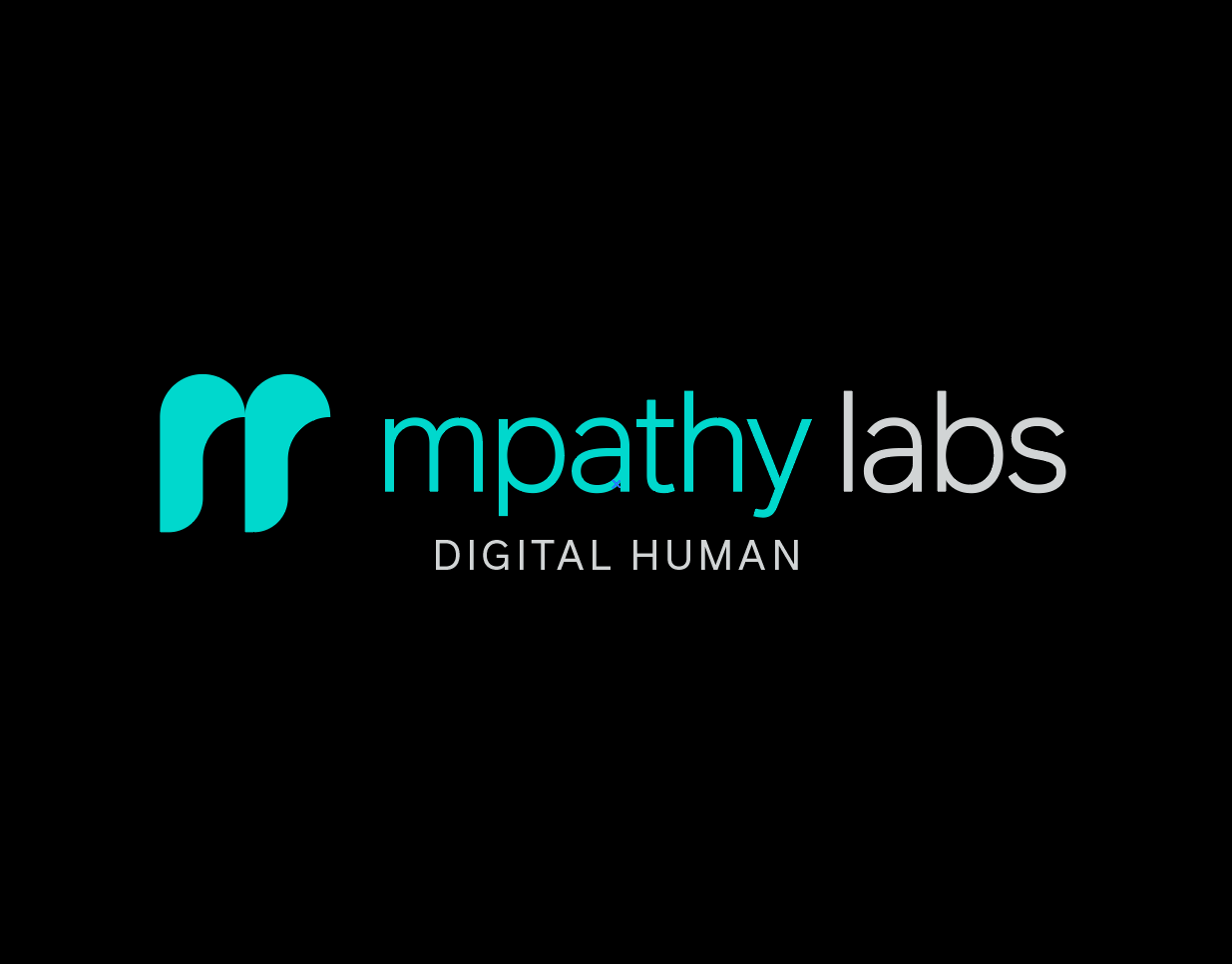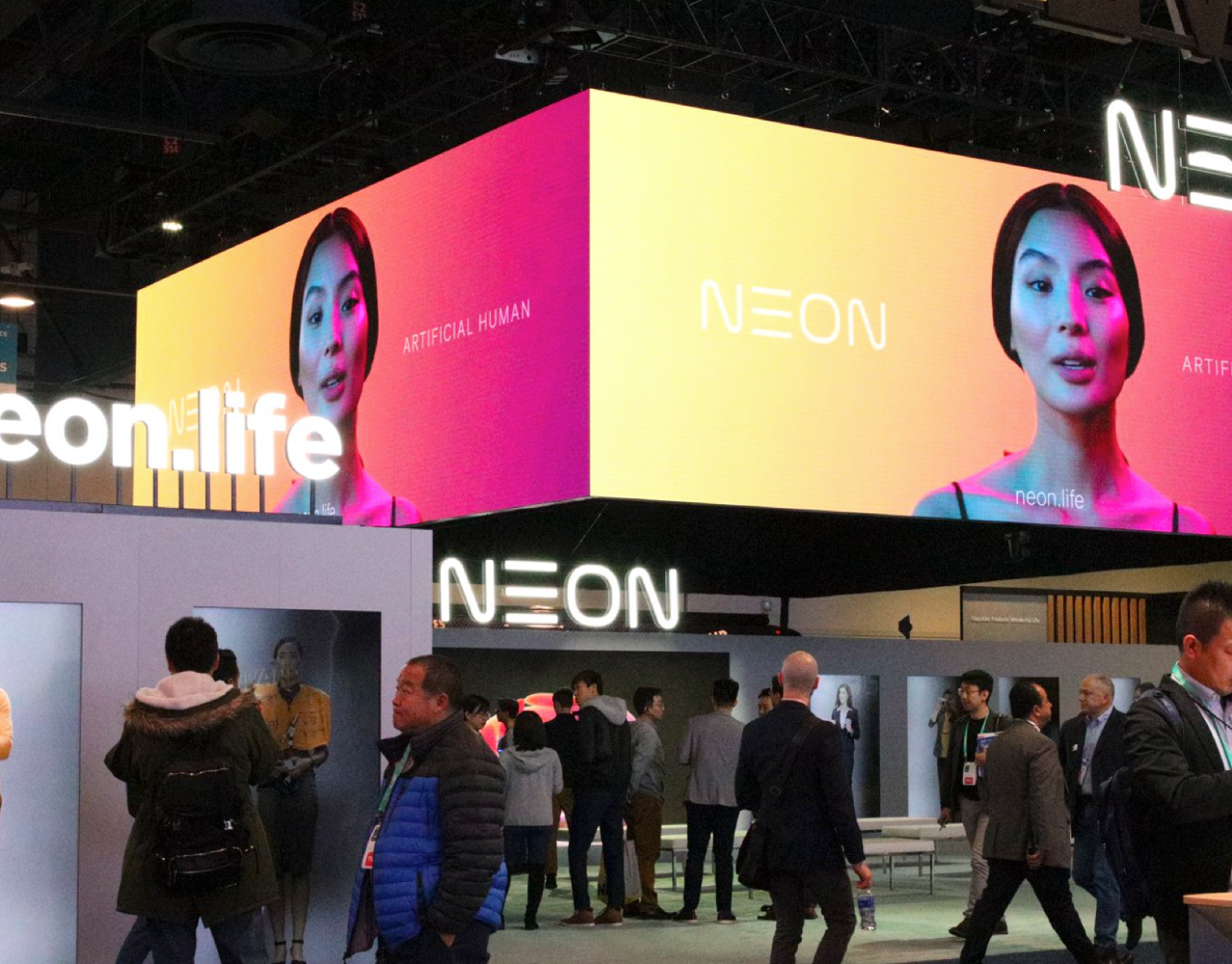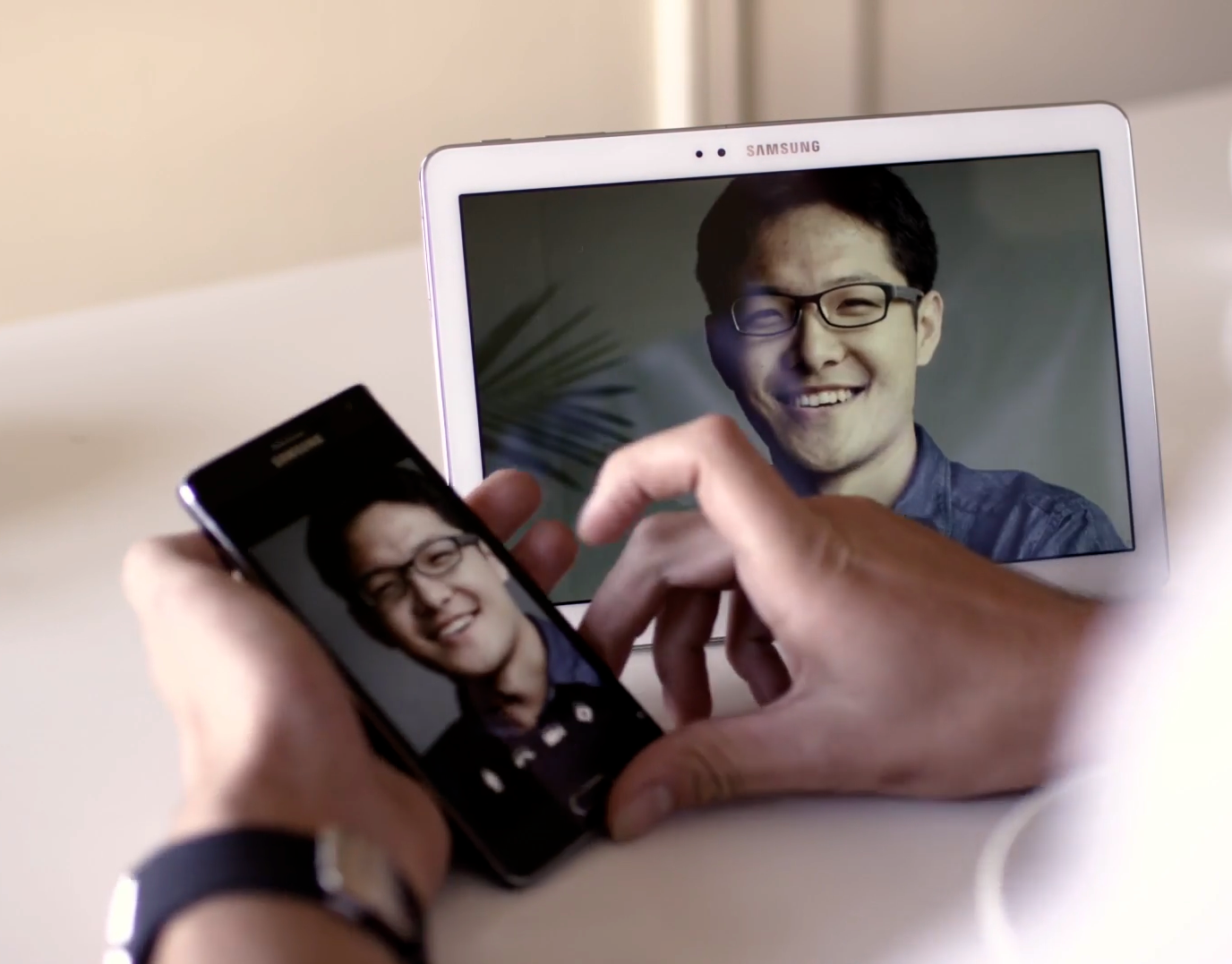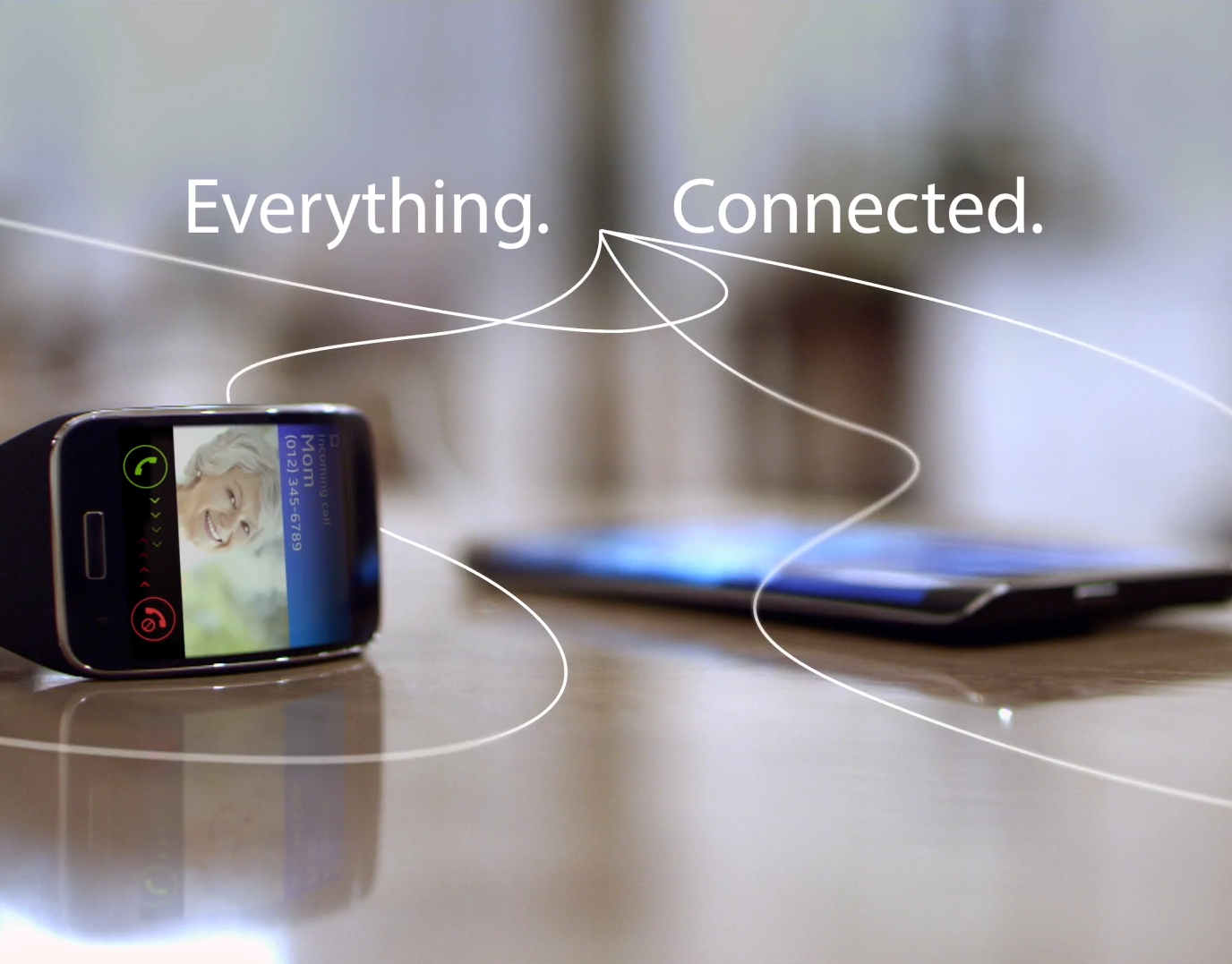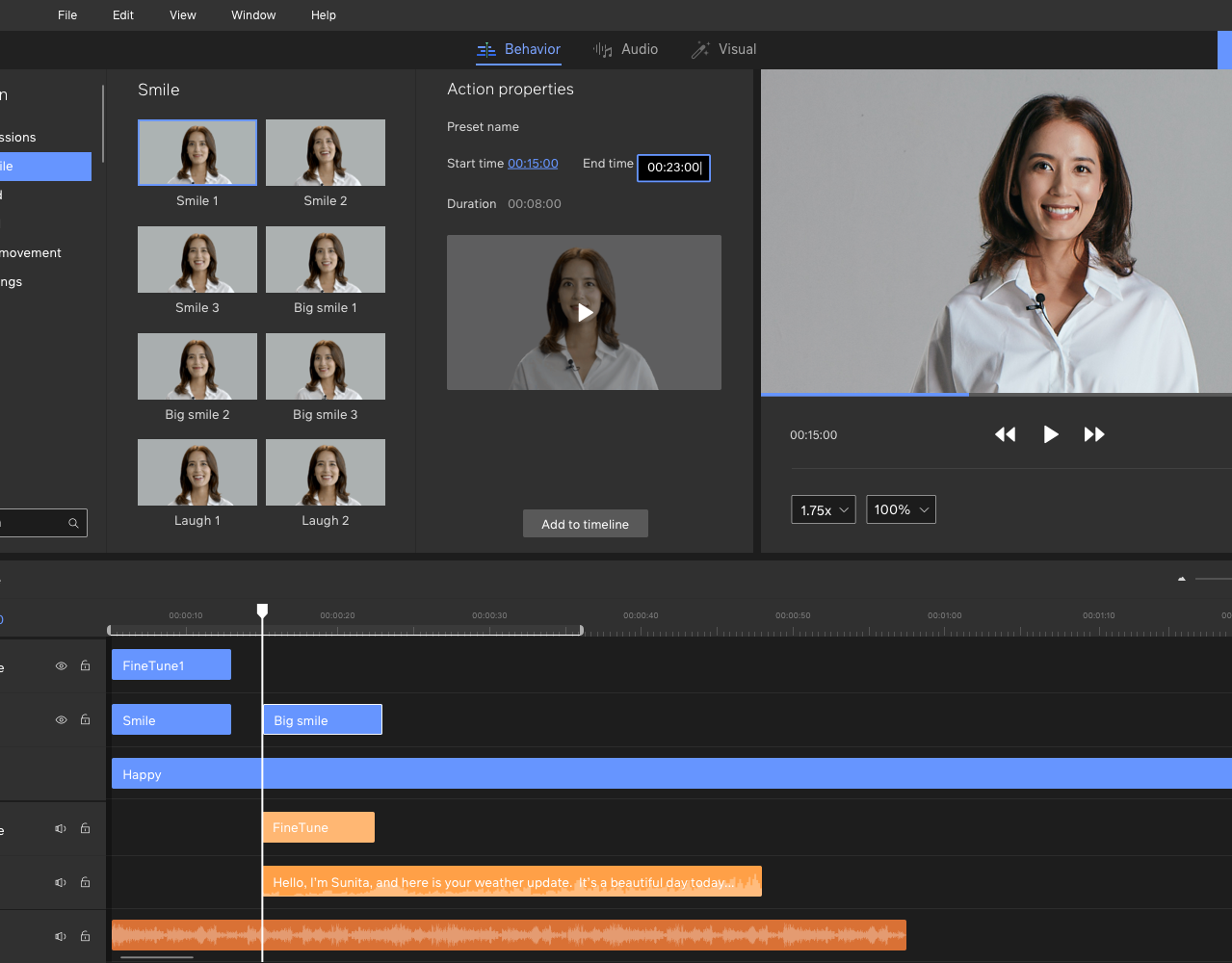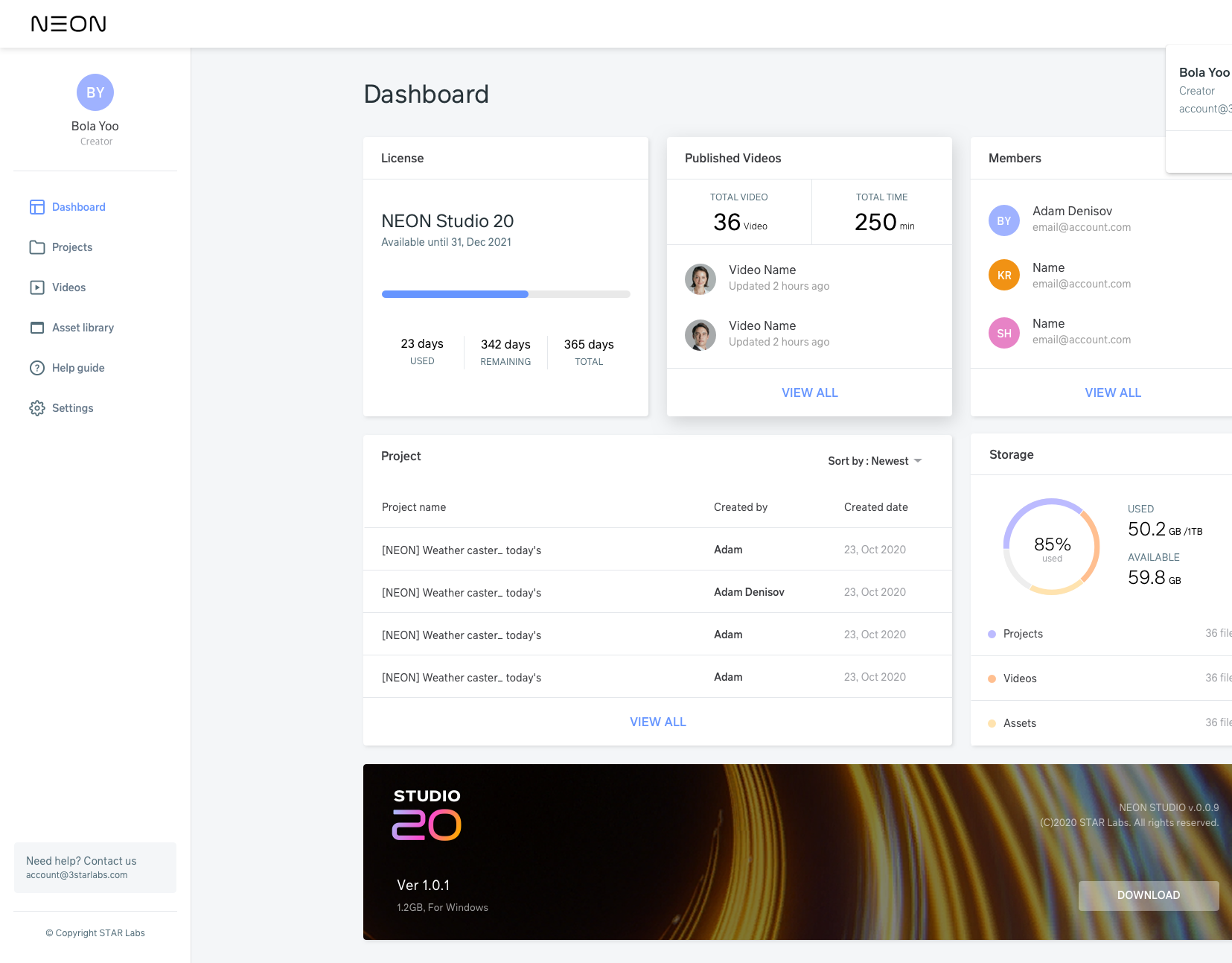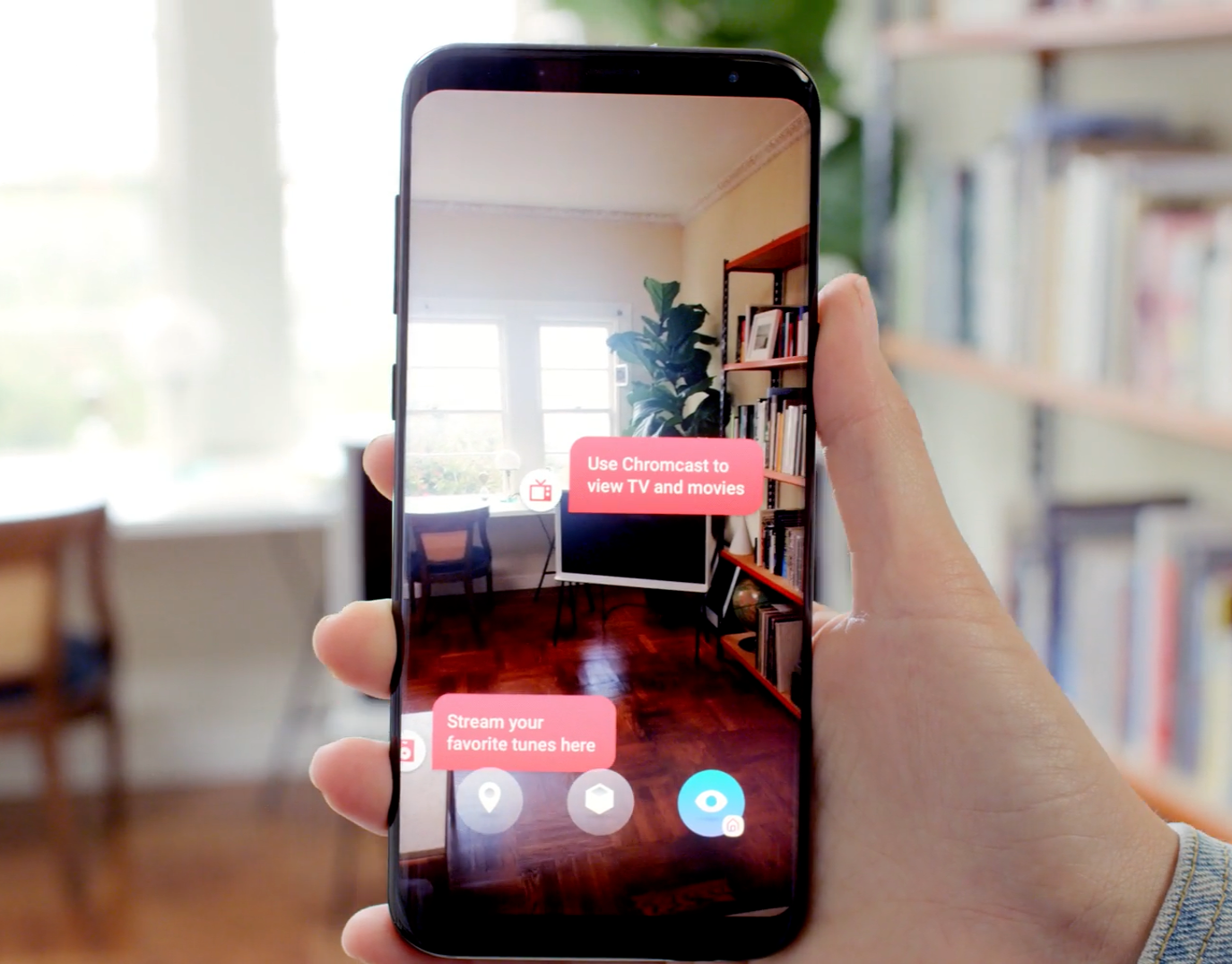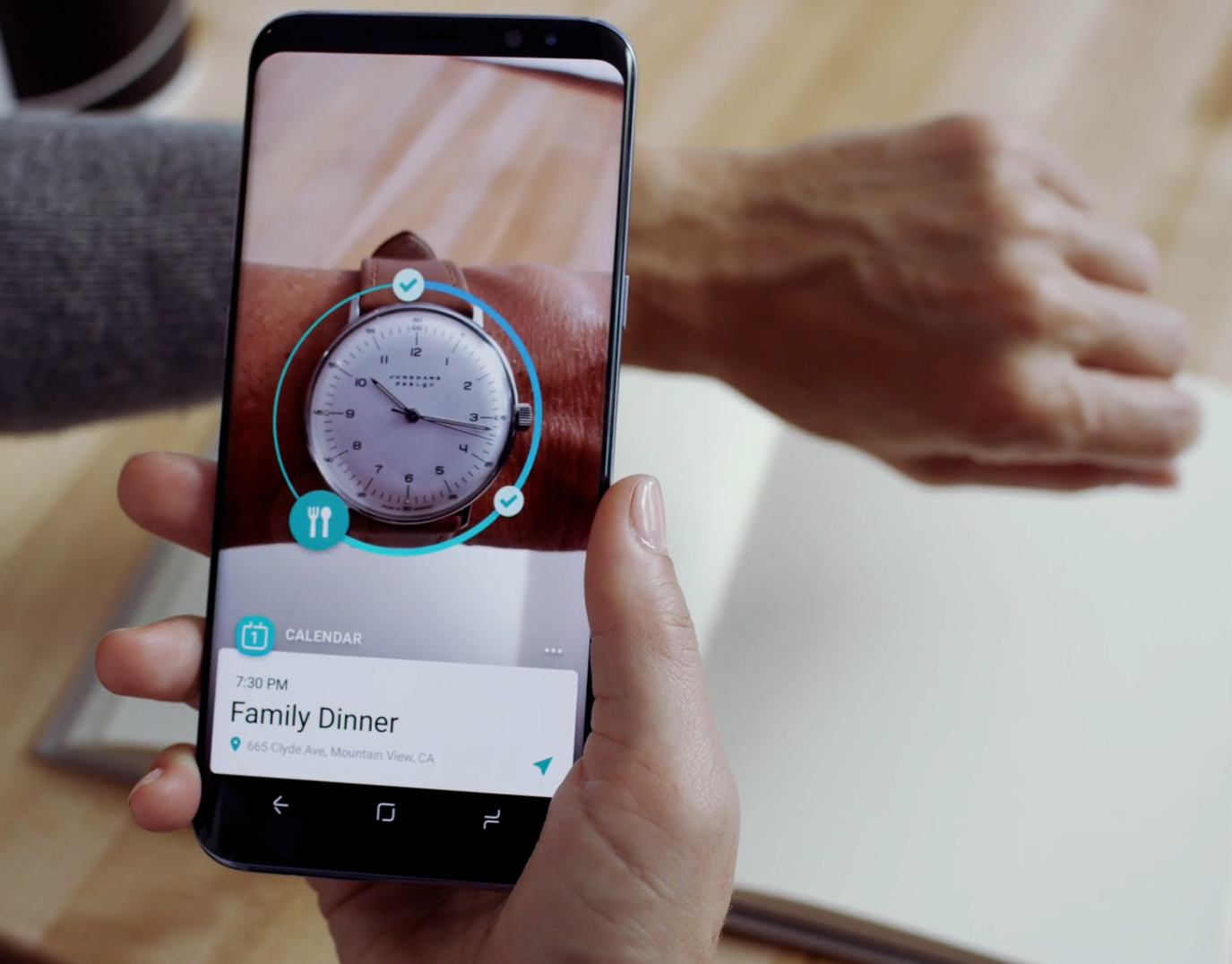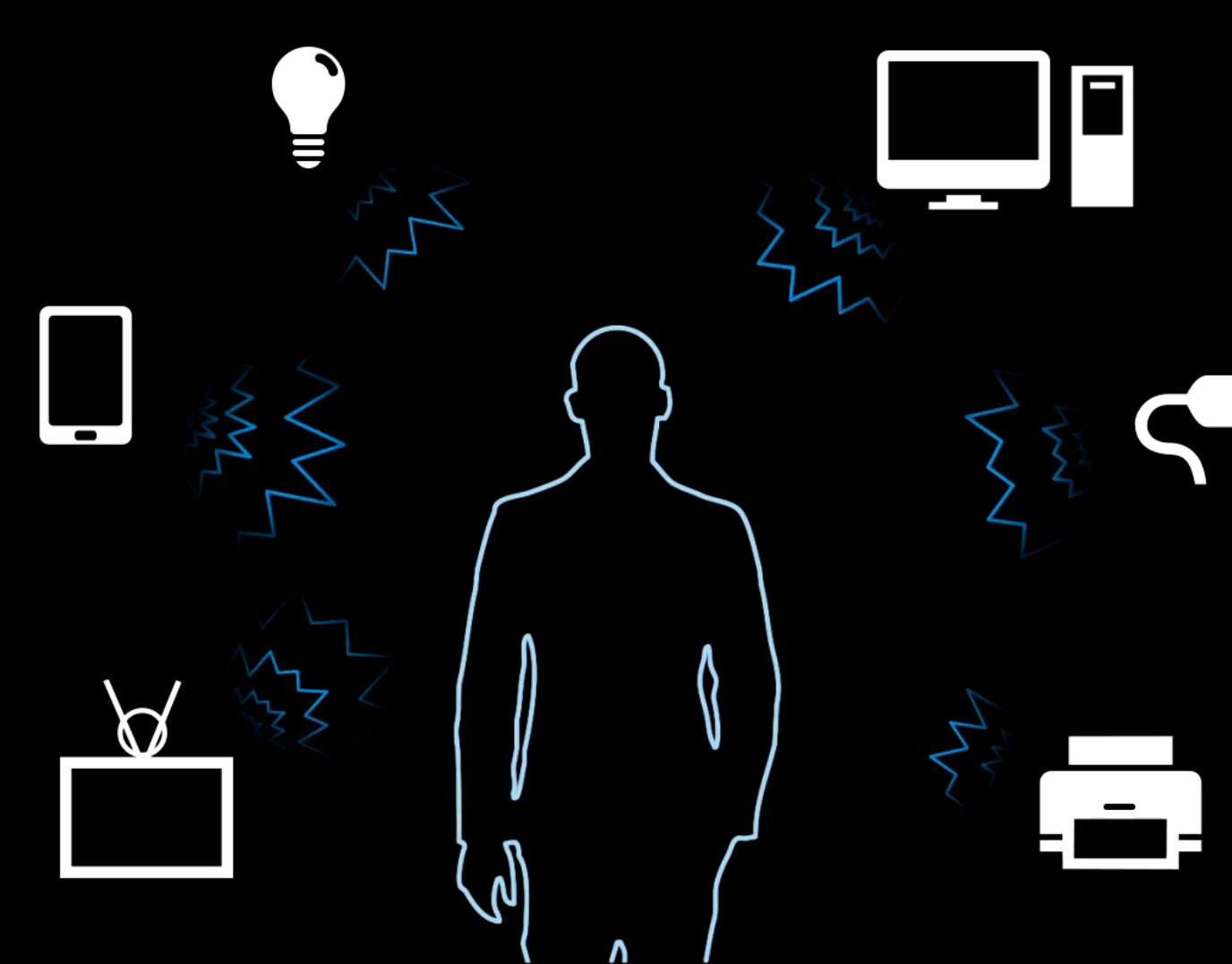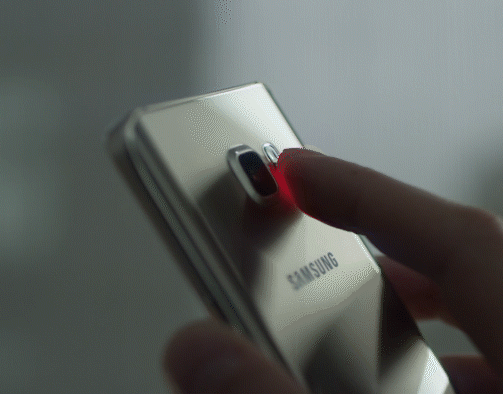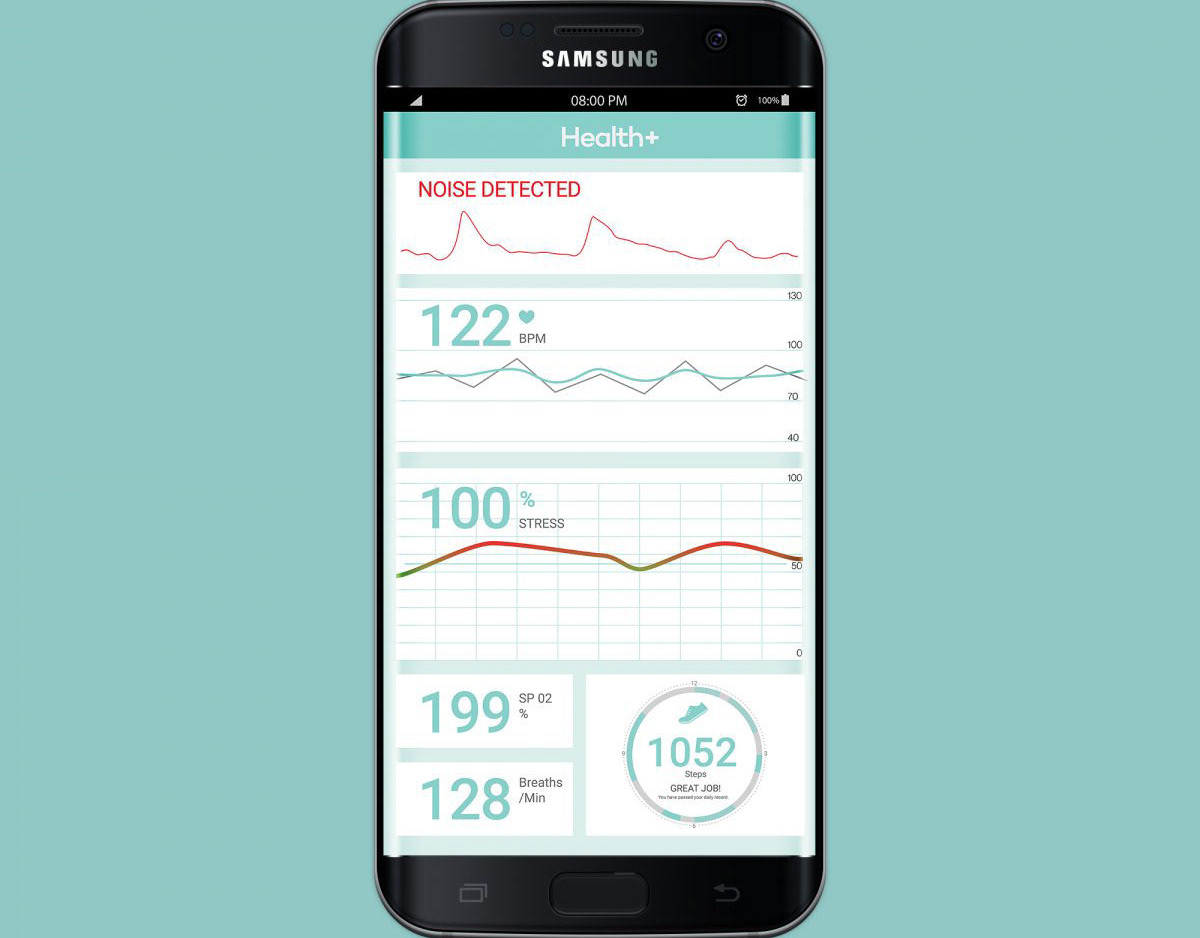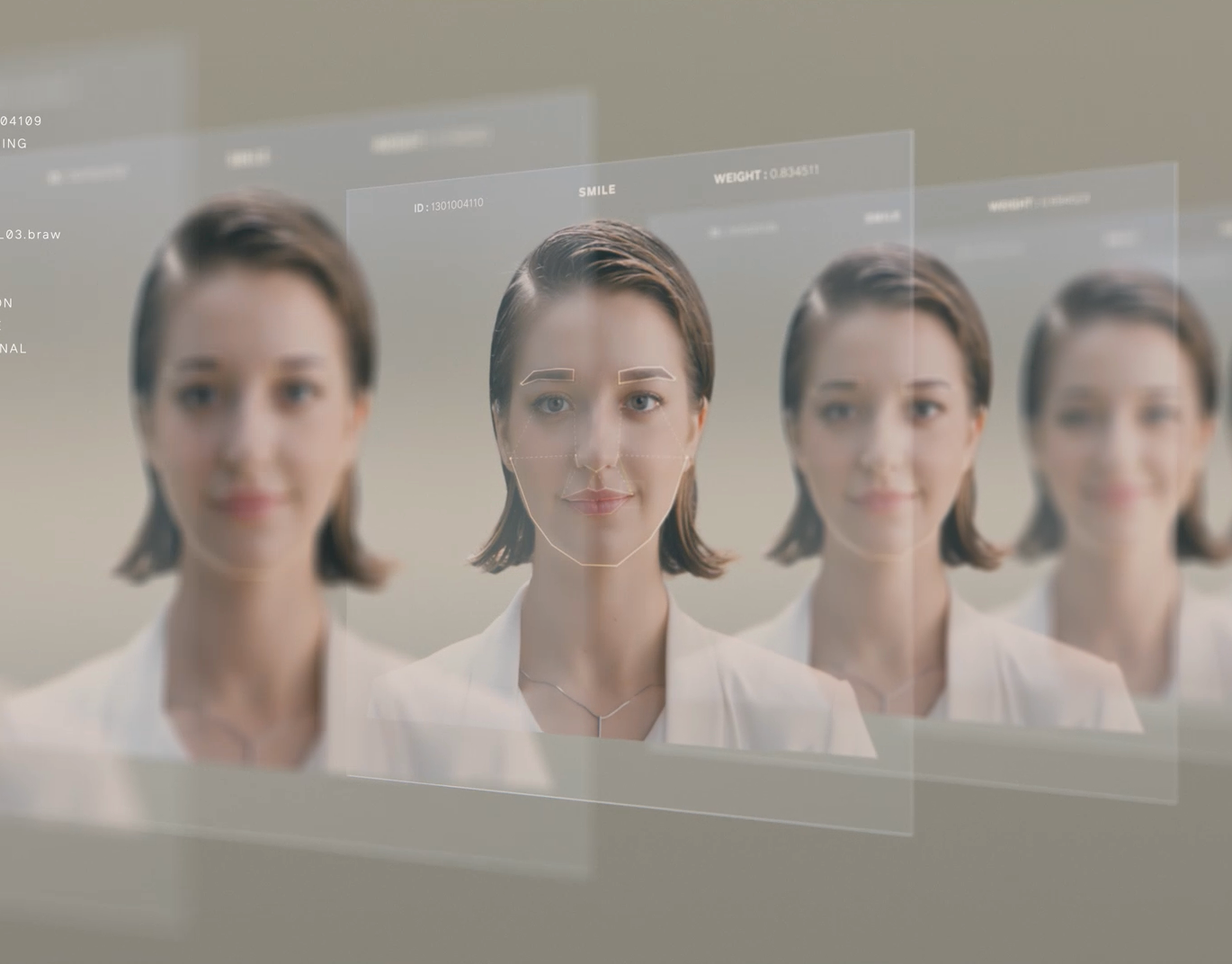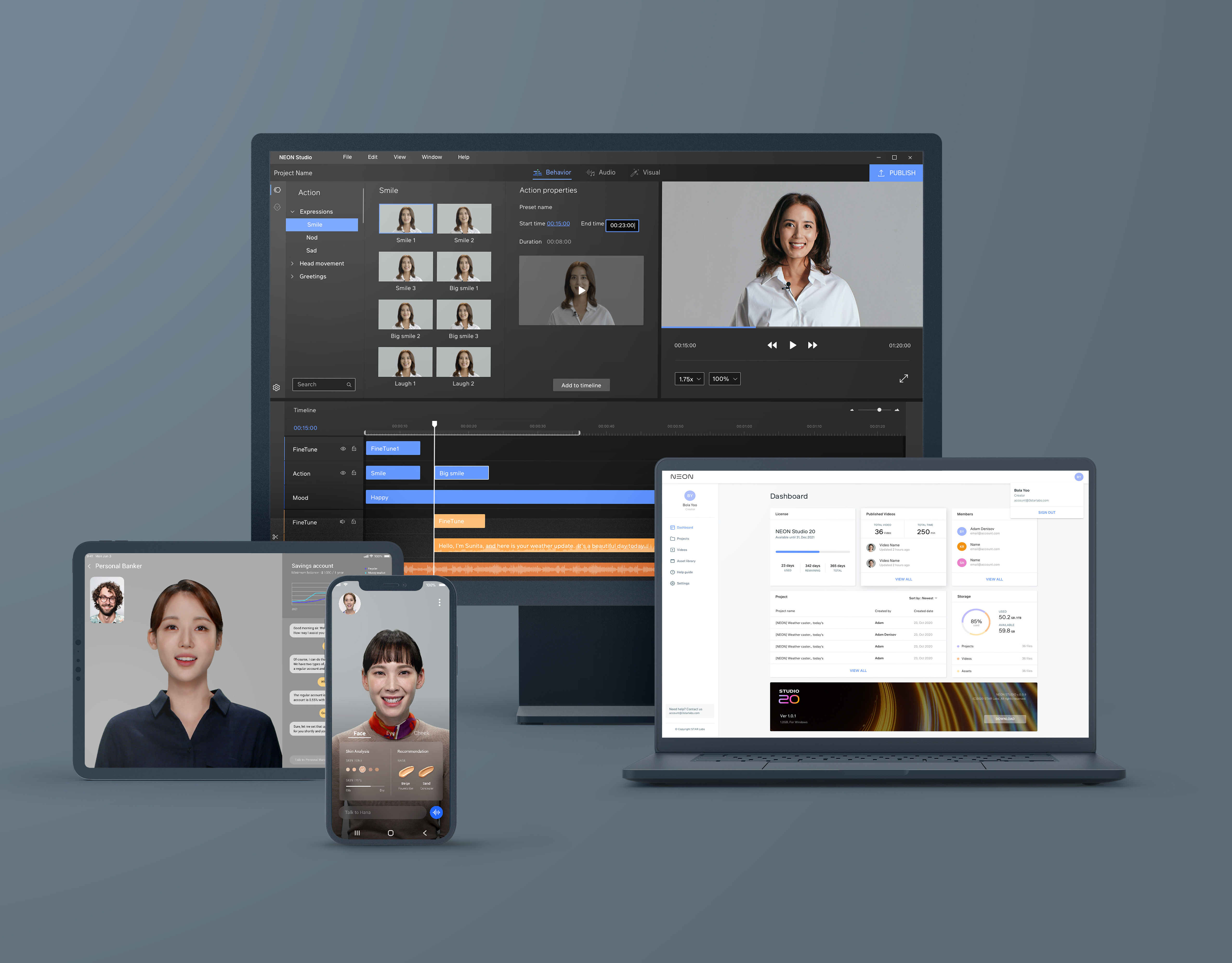GLANCE is a lightweight XR glasses project represents a significant leap forward in wearable technology, designed for everyday use while seamlessly integrating augmented reality features into daily life. These glasses are equipped with a smart AI assistant that provides users with real-time information and assistance, enhancing their productivity and connectivity on the go.
My Role: As the Experience Design Lead, besides my hands-on task of project concepts and UX writings, I lead and managed a design team of 3 designers on this project and closely collaborate with other teams from Industrial Design, Hardware engineering, software engineering, and tech research teams.
The AI-enhanced camera offers advanced object and text recognition, enabling features like shopping assistance, step-by-step task guidance, and instant translations. With audio interaction, you can engage in real-time conversations with your AI assistant, quickly record notes, and communicate easily through voice or text.
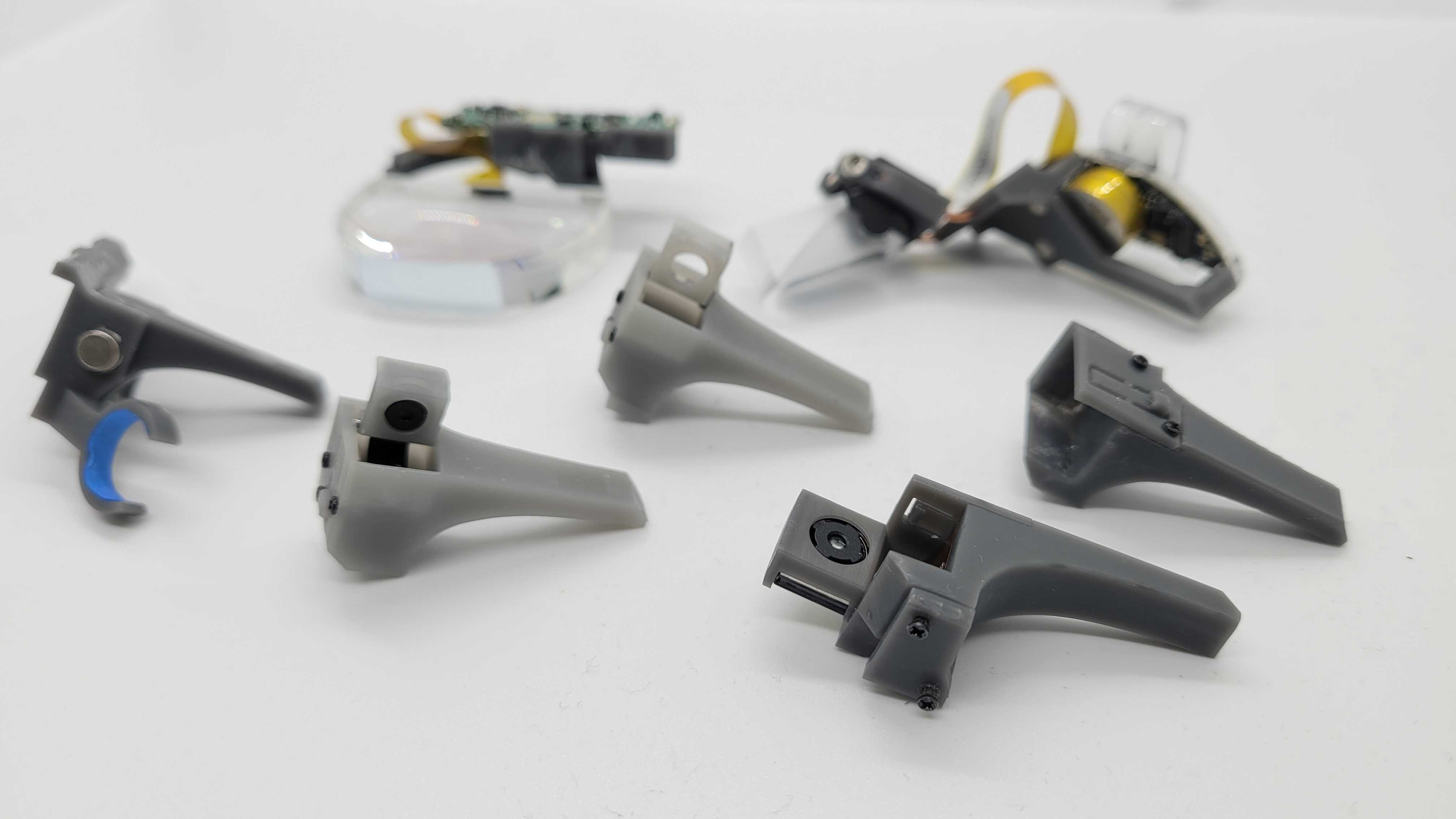

GLANCE’s AI system simplifies information by providing summaries and key points, helping you save time and stay focused on what matters. With GLANCE, streamlining your day becomes second nature.
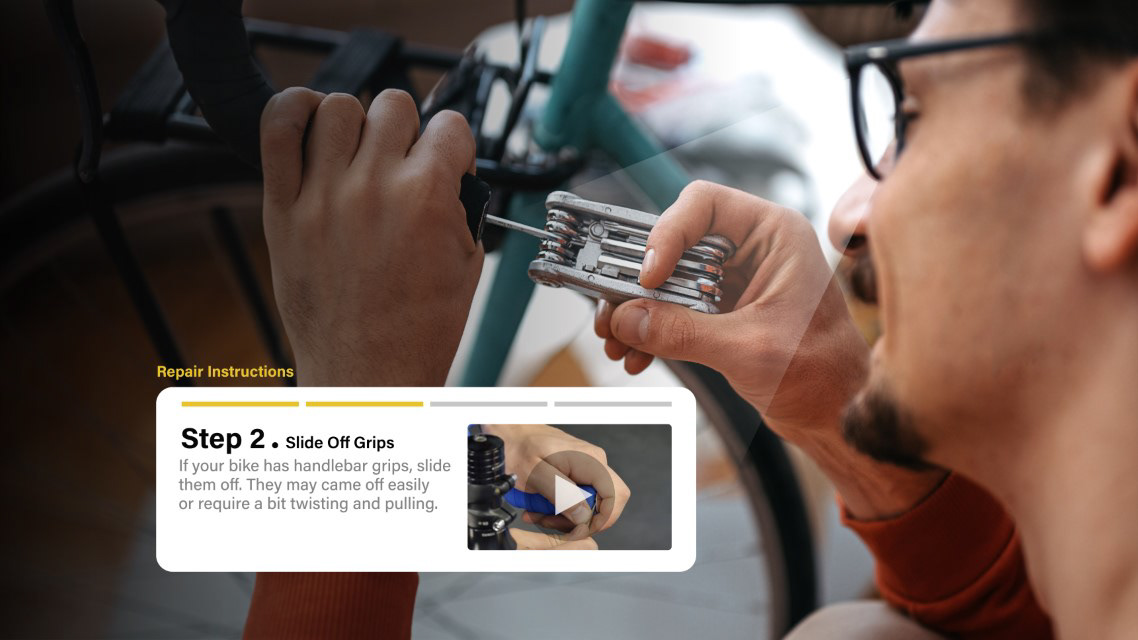

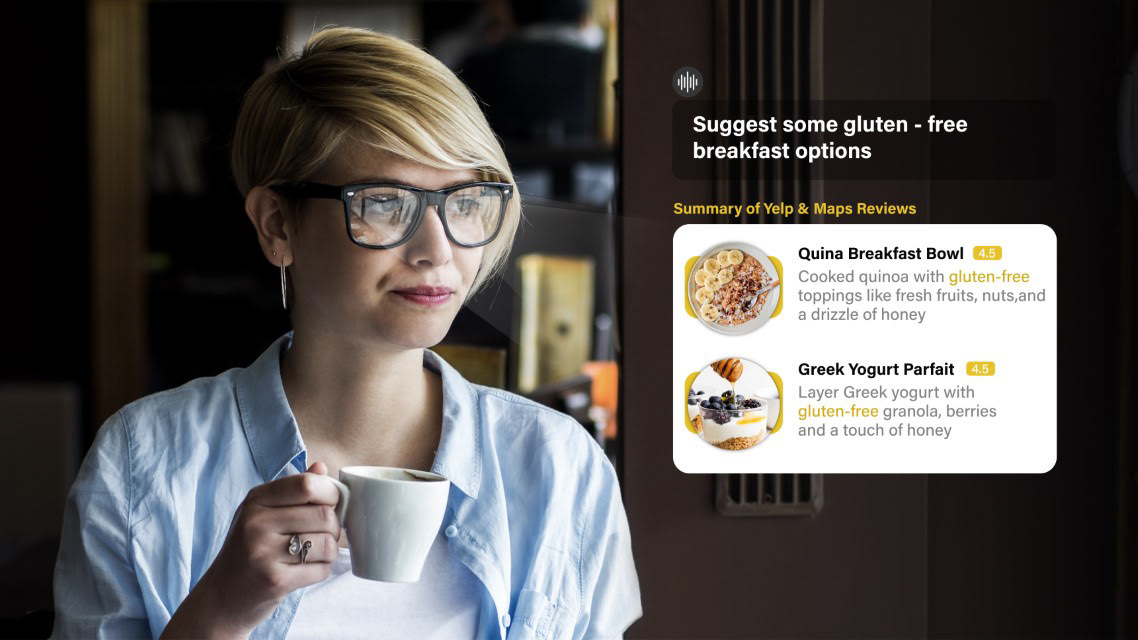

UX Principles
Non-intrusive, Glance-able, Minimal interface - Given the limited screen real estate of smart glasses, it's important to keep the interface clean and unobtrusive. The UI should prioritize essential information and avoid clutter. This could involve using subtle visual cues or audio prompts to convey information, rather than relying on a busy or visually overwhelming interface. The software should never put information into the user’s central vision without explicit permission or intent.
Audio-Visual Harmony - Balances visuals and text to complement, not overshadow, spoken content. It ensures visuals add value and clarity, enriching the narrative without cluttering the message. It's about finding the perfect balance where supplemental visuals and concise text support the message, enriching the audience's experience without causing distraction.
Just-in-time, Contextual Aware - The smart glasses should be designed to understand and adapt to the user's context. This includes factors such as the user's location, the task they are performing, and the environmental conditions. The AI should be able to provide contextual relevant information and assistance based on the user's need, without overwhelming them with unnecessary information.
Proactive AI Assistance - The Glance glasses should be able to learn from the user's behavior and preferences to provide a personalized experience. This could involve tailoring the AI assistance based on the user's past interactions and proactively suggesting relevant information based on their interests and habits.
This AI features should be designed across all interfaces to provide proactive assistance, anticipating the user's needs and offering helpful suggestions without requiring explicit commands. This could involve features such as context-aware reminders, notifications, or alerts based on the user's daily routines and activities. For example, if the user take a picture, it will be proactive in it’s suggestions.
This AI features should be designed across all interfaces to provide proactive assistance, anticipating the user's needs and offering helpful suggestions without requiring explicit commands. This could involve features such as context-aware reminders, notifications, or alerts based on the user's daily routines and activities. For example, if the user take a picture, it will be proactive in it’s suggestions.
Natural Interactions - The UX should prioritize natural and intuitive interactions with the smart glasses. This could include gestures, voice commands, or even eye tracking to control the device and interact with the AI features. Users should be able to perform tasks without having to rely on complex or unnatural input methods.
Interactions with features should be always accessible with different input methods, so the user have options when using the device under different conditions. For example, if voice isn’t the best option, the user should have other input methods to interact with the device.
Interactions with features should be always accessible with different input methods, so the user have options when using the device under different conditions. For example, if voice isn’t the best option, the user should have other input methods to interact with the device.
UI Navigation Consistency - The basic controls should be mapped and consistent throughout the app experience. This consideration will help the user quickly learn the device operations without confusion
Guiding the user along the way - Discoverability is important for this new UI-UX architecture. UI should have visual indications like bread crumbs to help users navigate to the previous and next steps and available affordance.
Seamless Integration (MDE) - The smart glasses should seamlessly integrate with other devices and platforms, allowing users to transition between their smart glasses and other devices with ease. This could involve features such as seamless data synchronization, interoperability with popular apps and services, and cross-device continuity.
Privacy and Security - Given the sensitive nature of the data that smart glasses may capture and process, the UX should prioritize user privacy and security. This could involve clear and transparent controls for managing data collection and sharing, as well as robust security measures to protect sensitive information. Privacy considerations should include not only the user, but also nearby people’s privacy so the product isn’t intruding.
Personas
The selected personas are Business Woman, Casual Athlete, and Home Chef. The Business Woman represents use cases focused on productivity and workflow optimization through AI assistants. The Casual Athlete highlights scenarios related to fitness and health management, while the Home Chef showcases applications for crafting, cooking tutorials, and creative making.
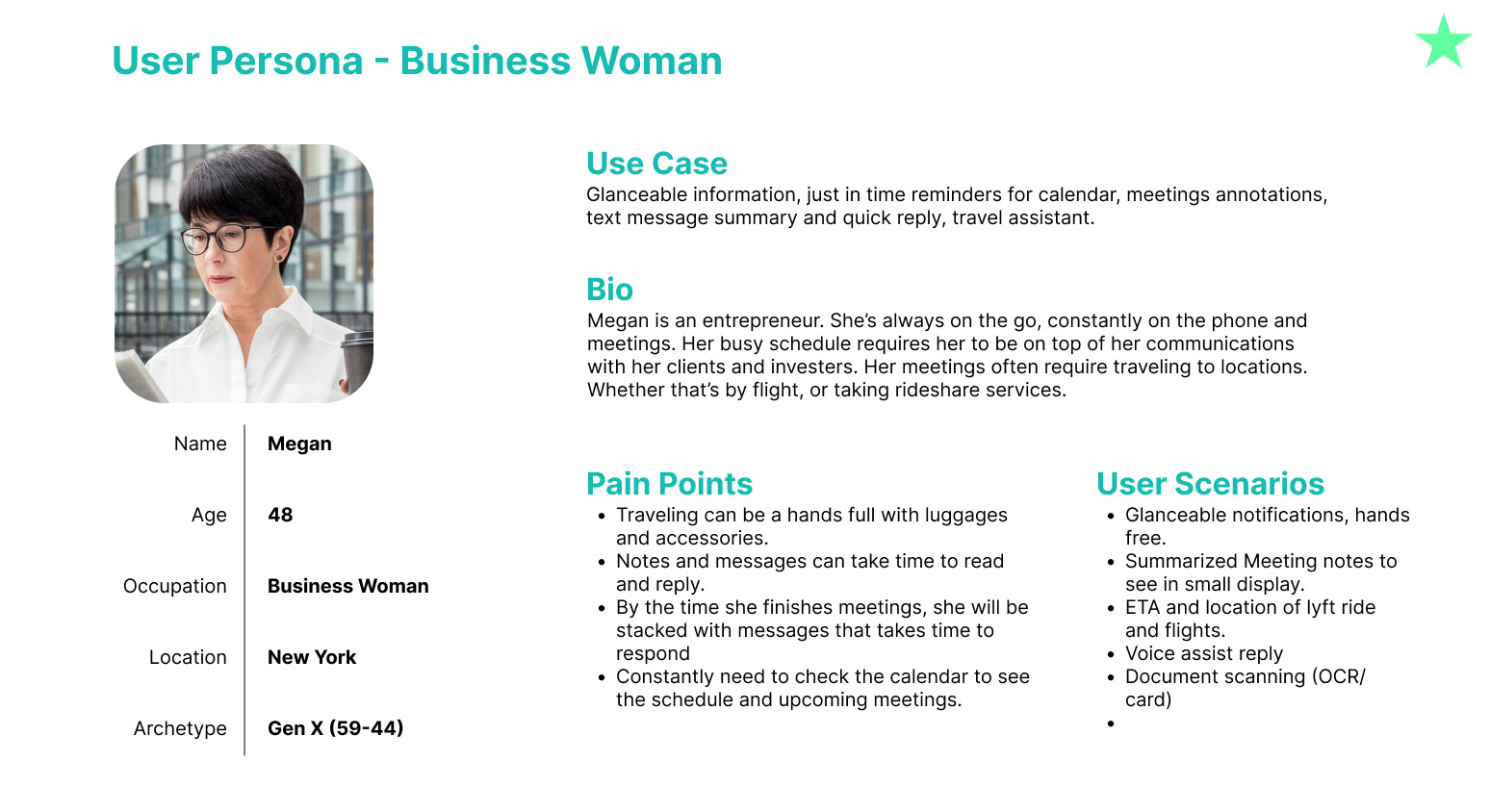
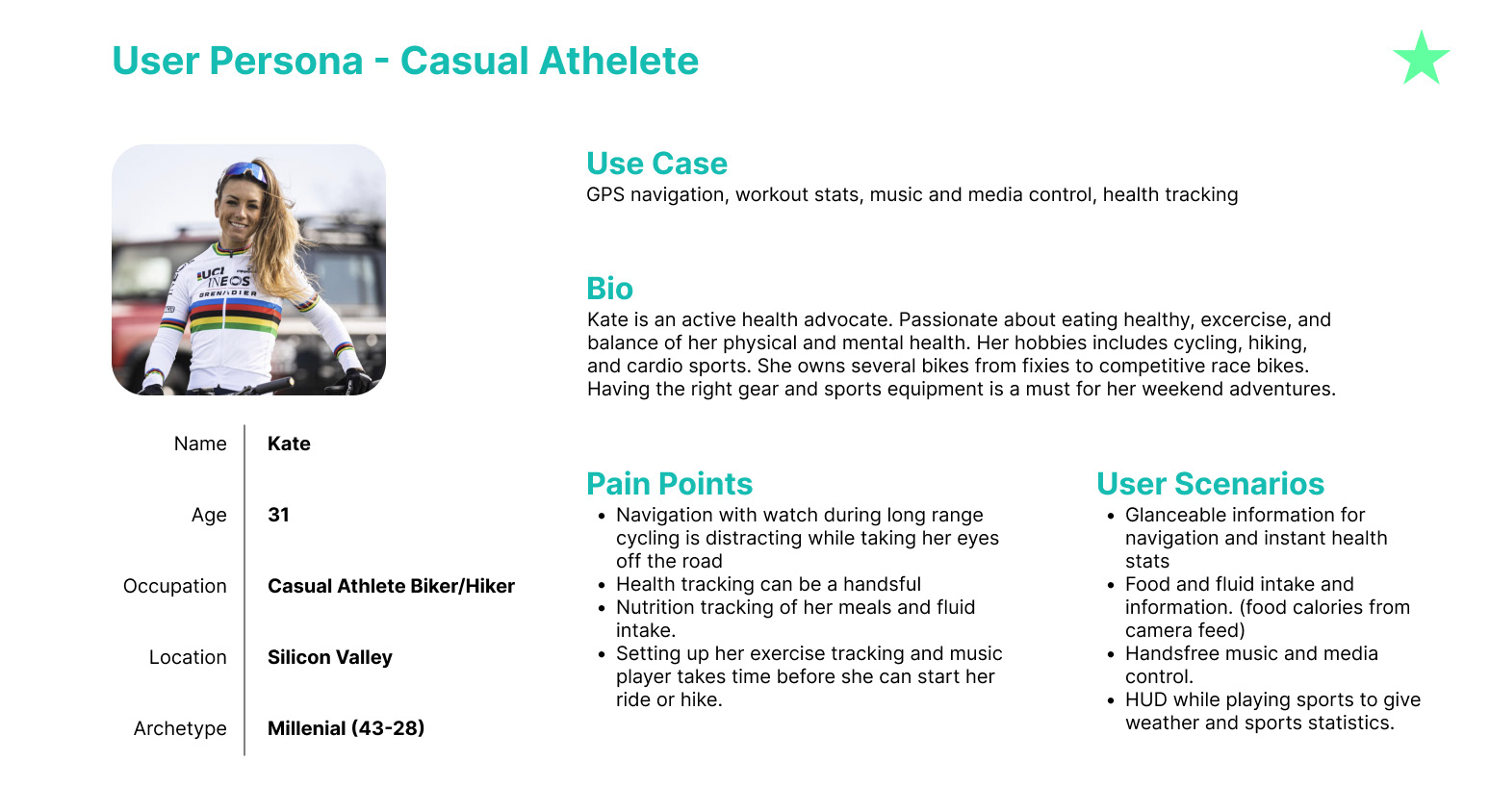
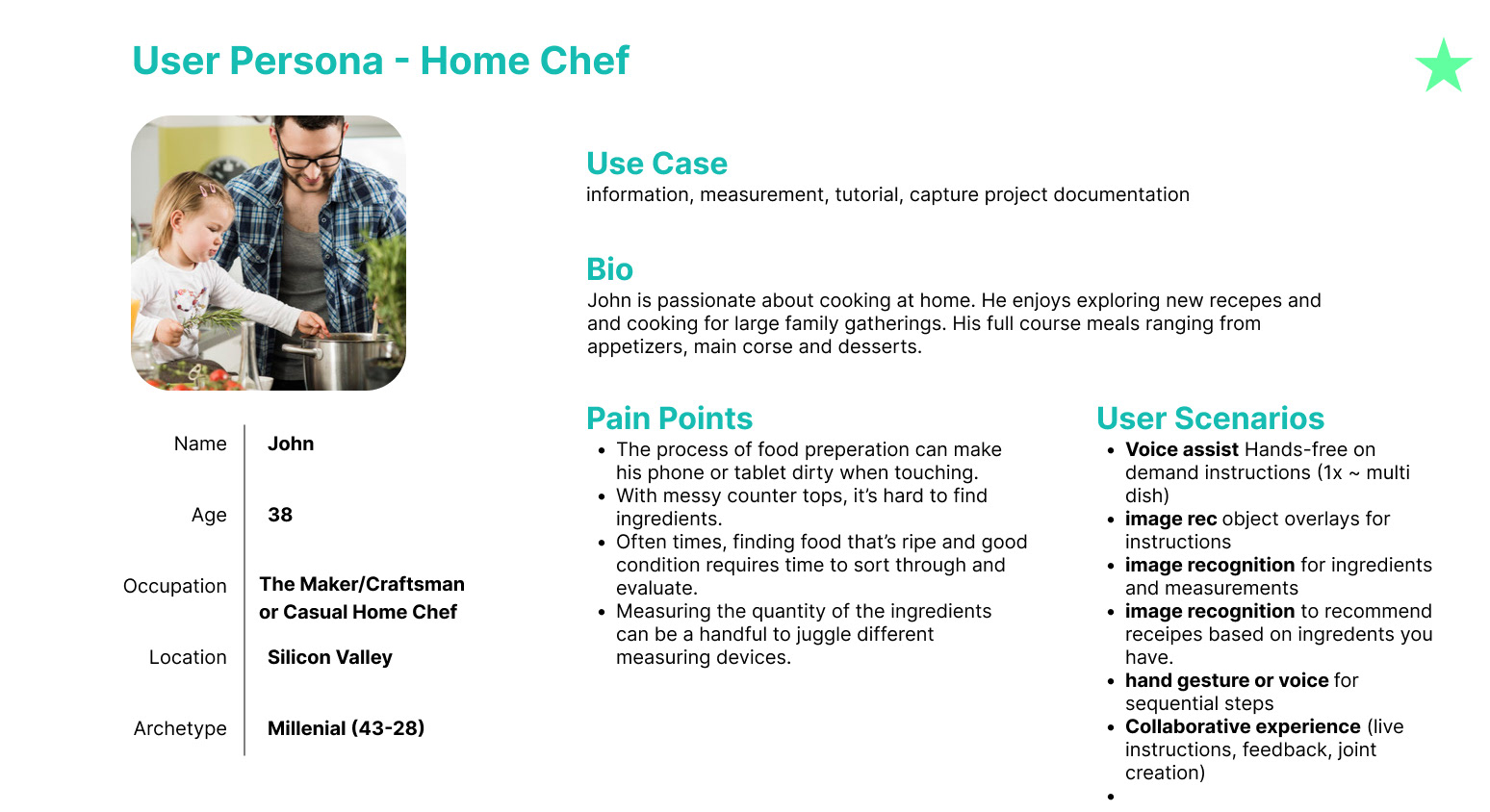
User Journey

Business
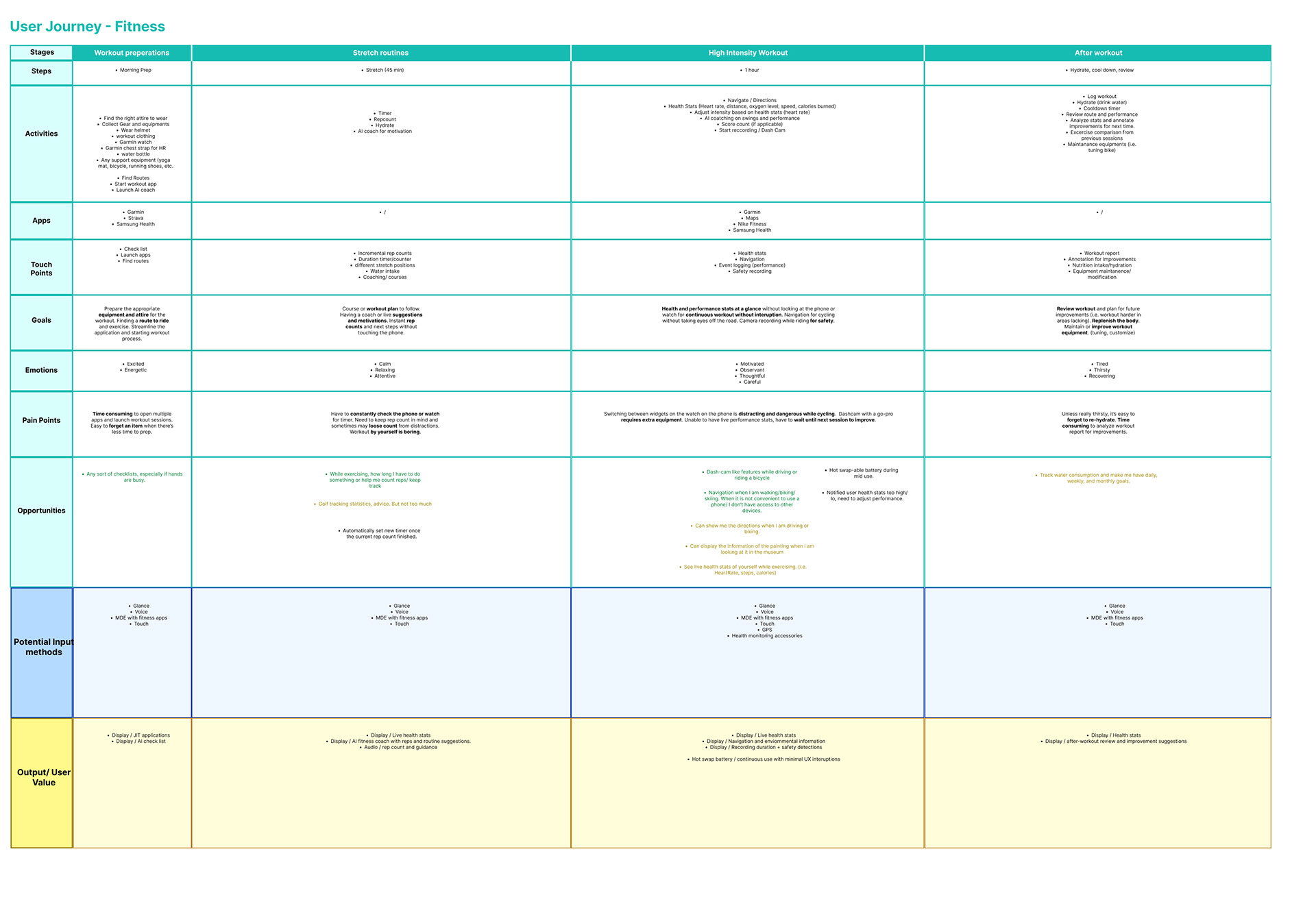
Fitness
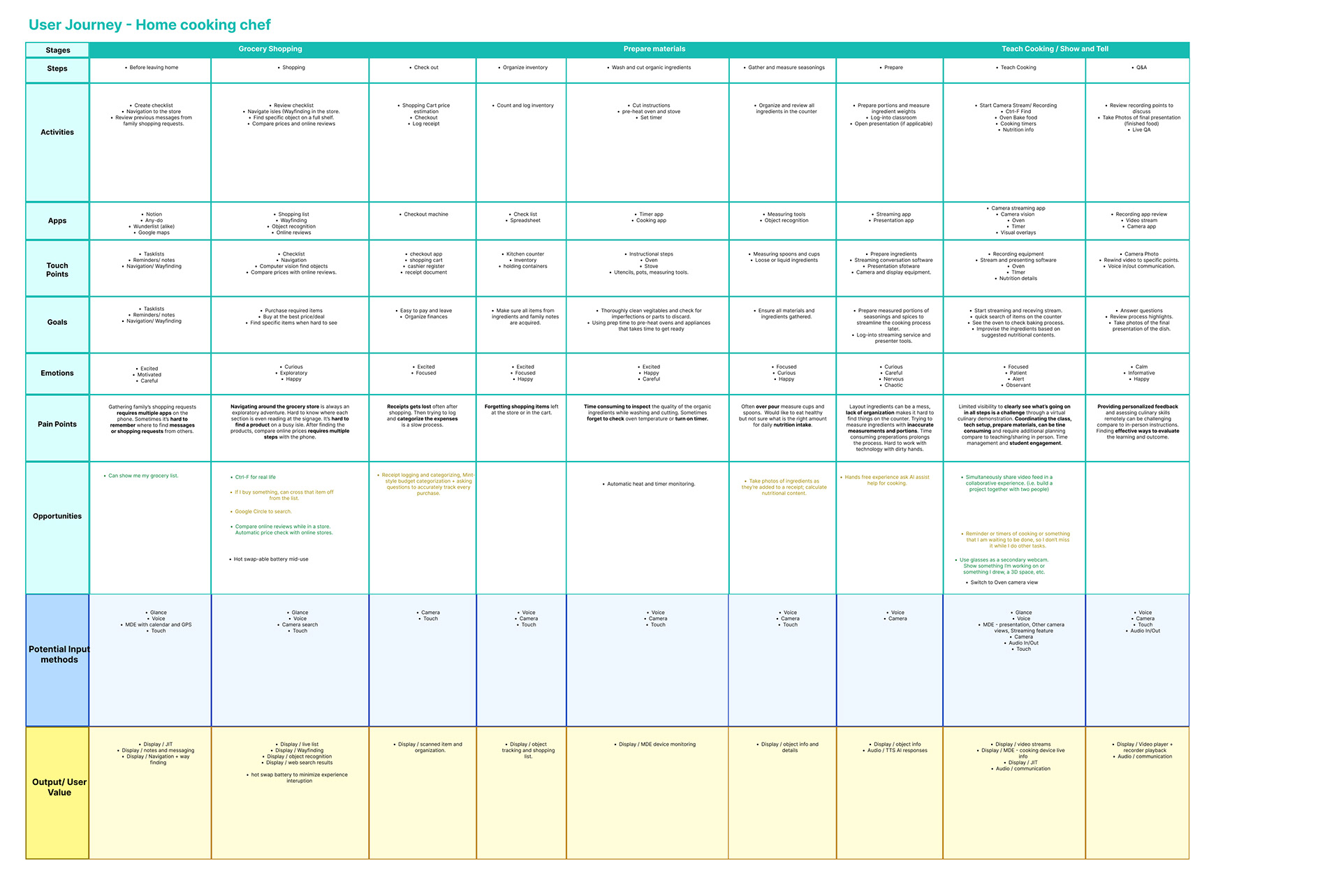
Home Chef
User Flow
Interaction Methods
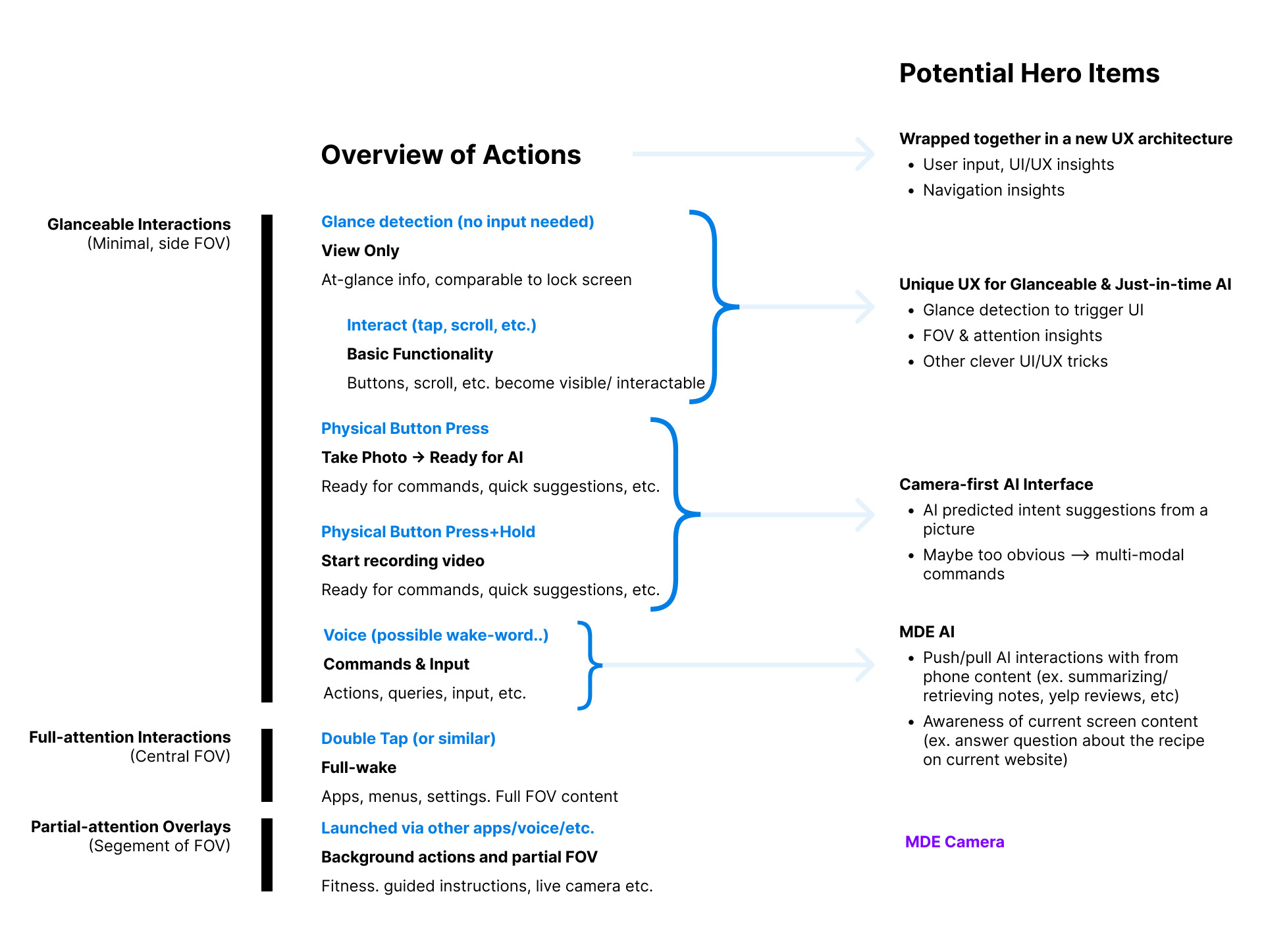

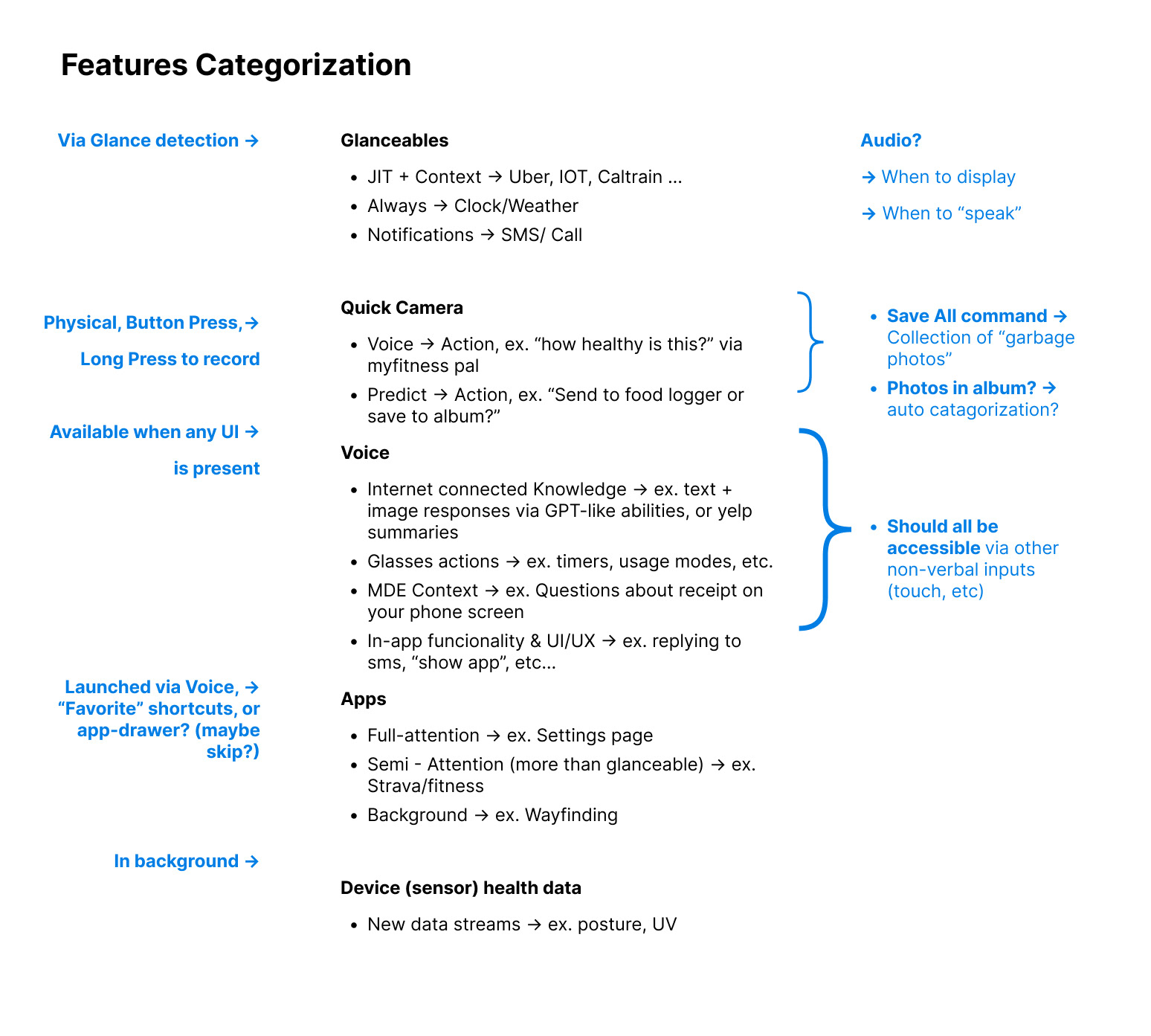
UI Wireframe
UI Design Explorations
In these designs, the explorations investigate how to optimize the user's view through the waveguide. The goal is to optimize the user's view in both non-active mode to be least obstructive, while having focus modes to read the contents in detail if requested.


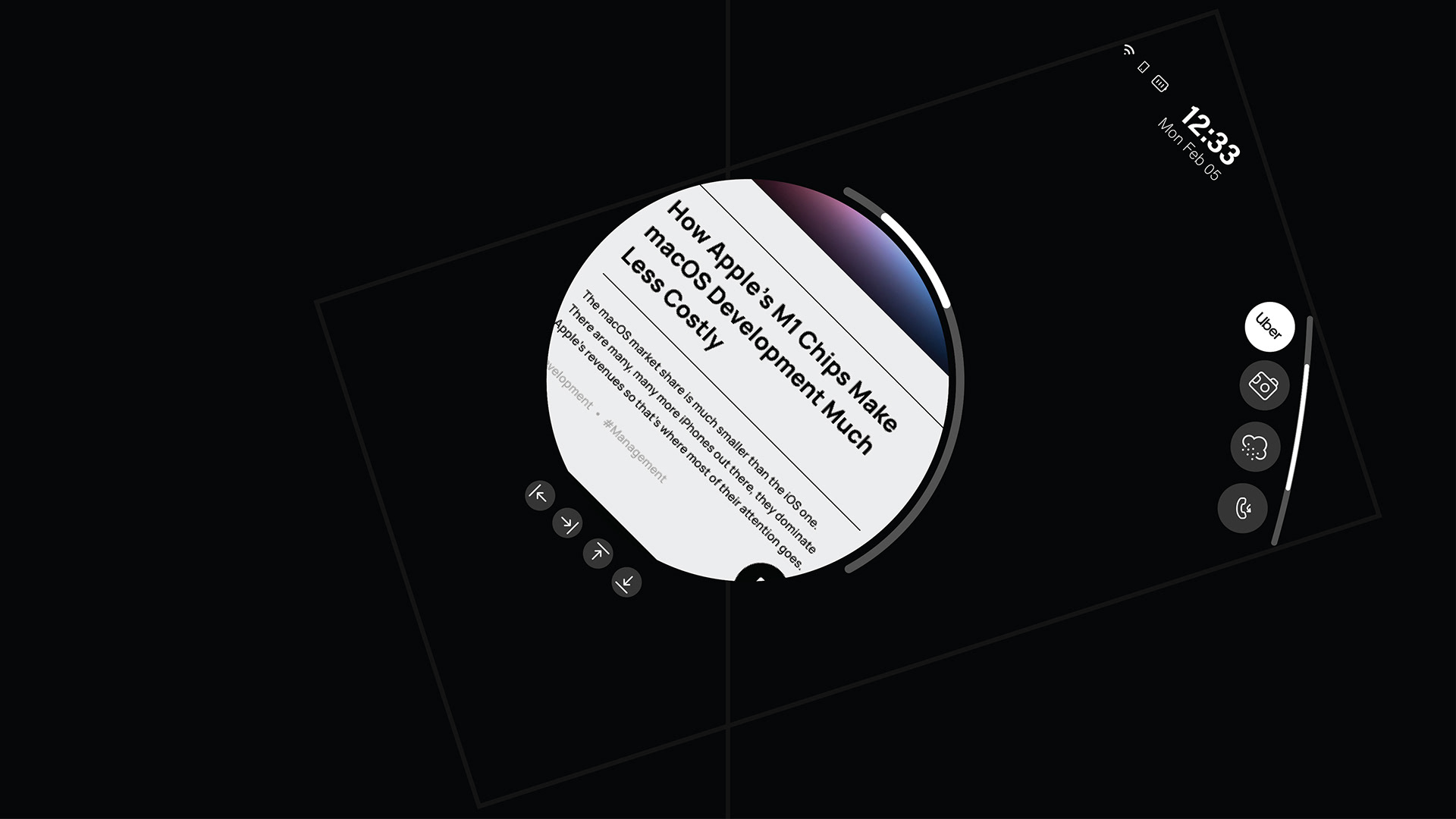

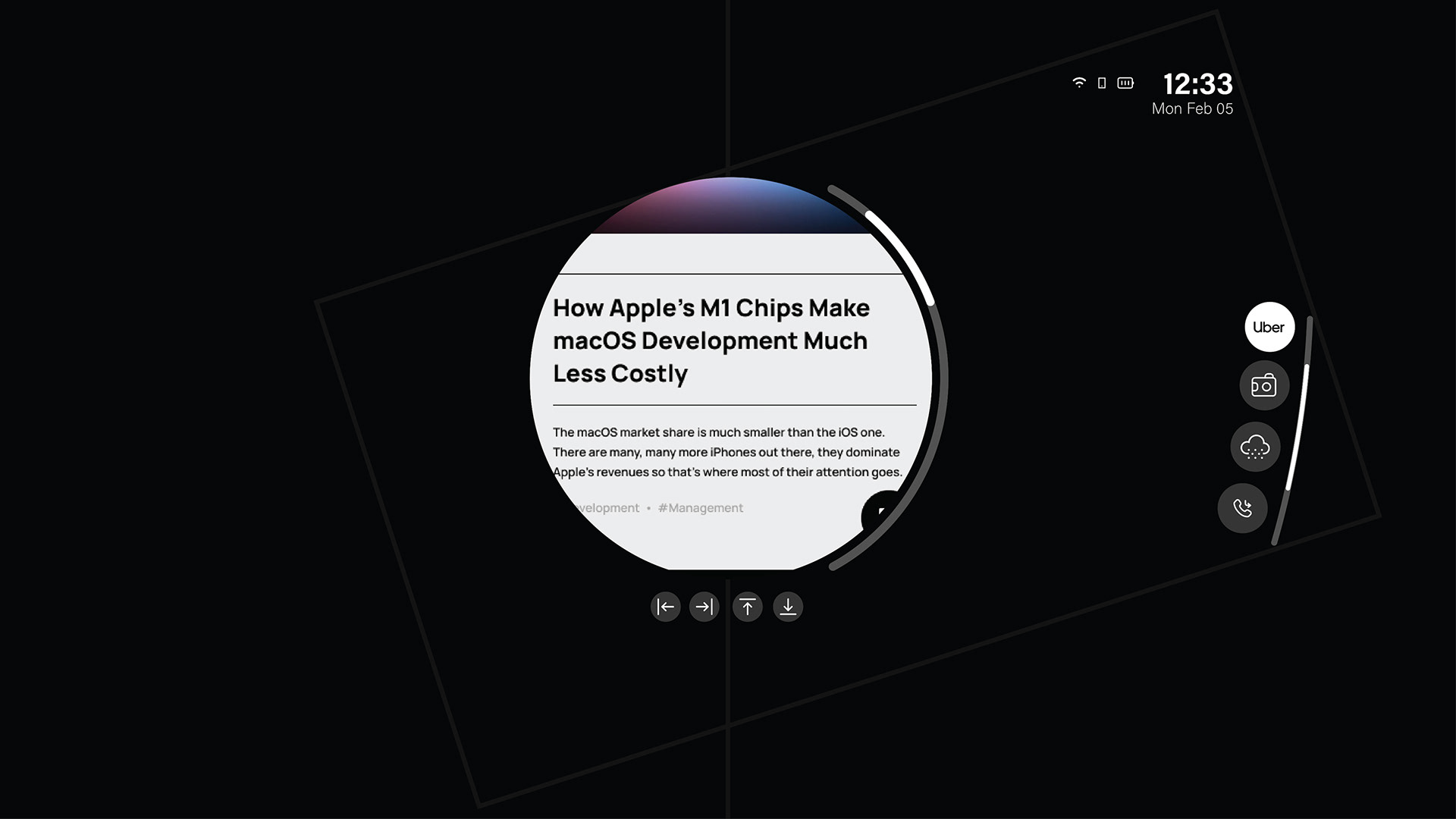
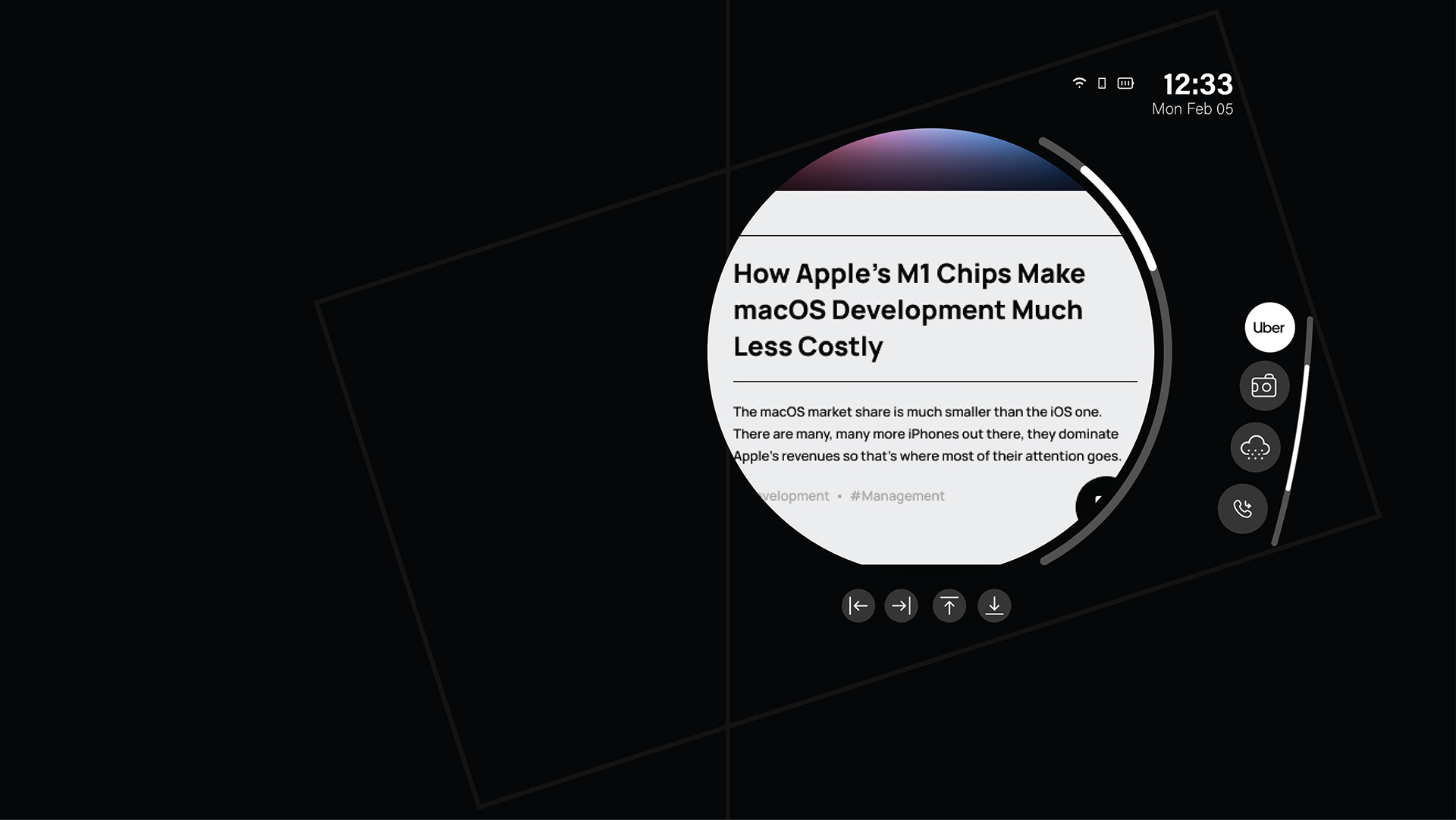
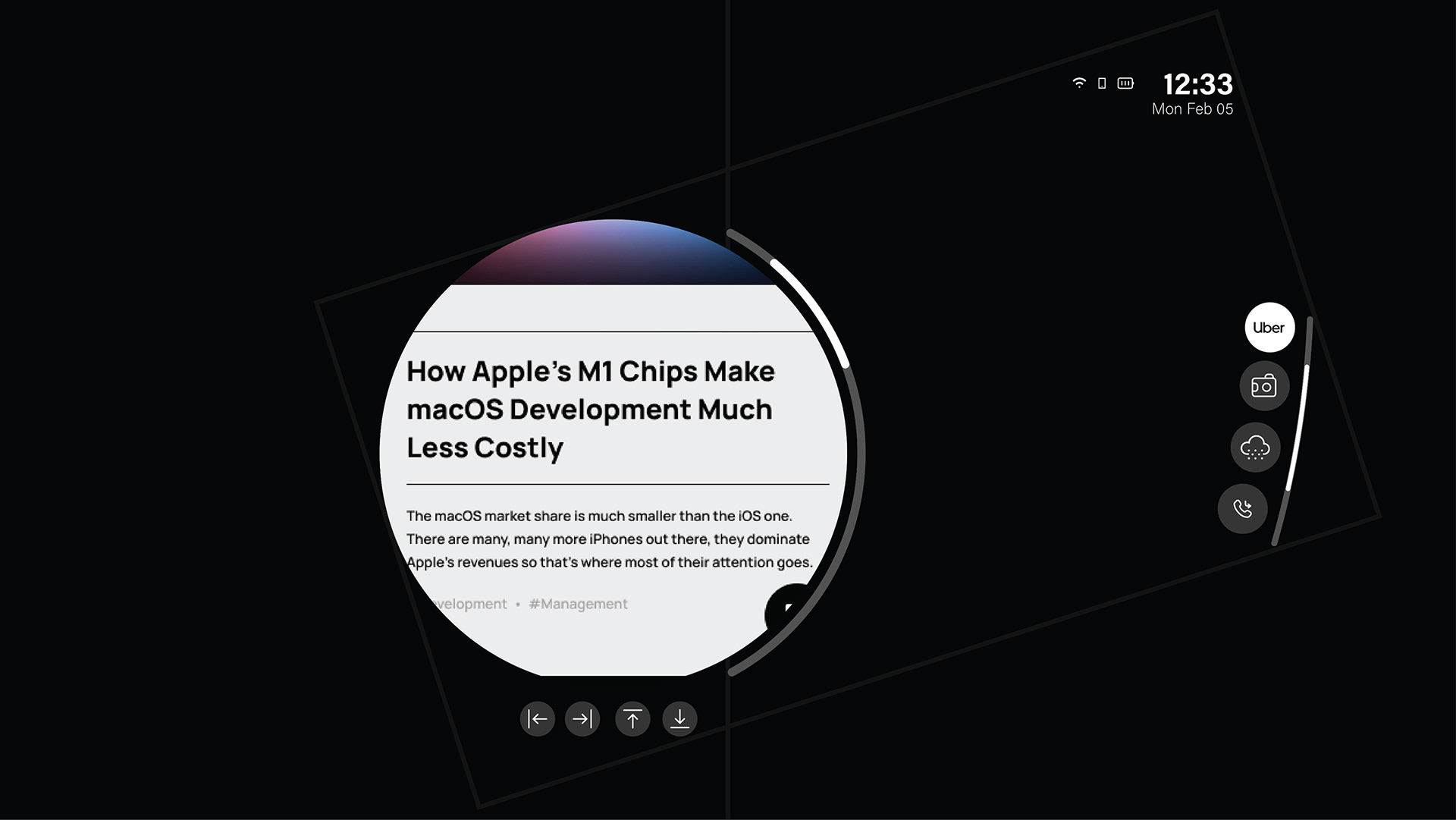


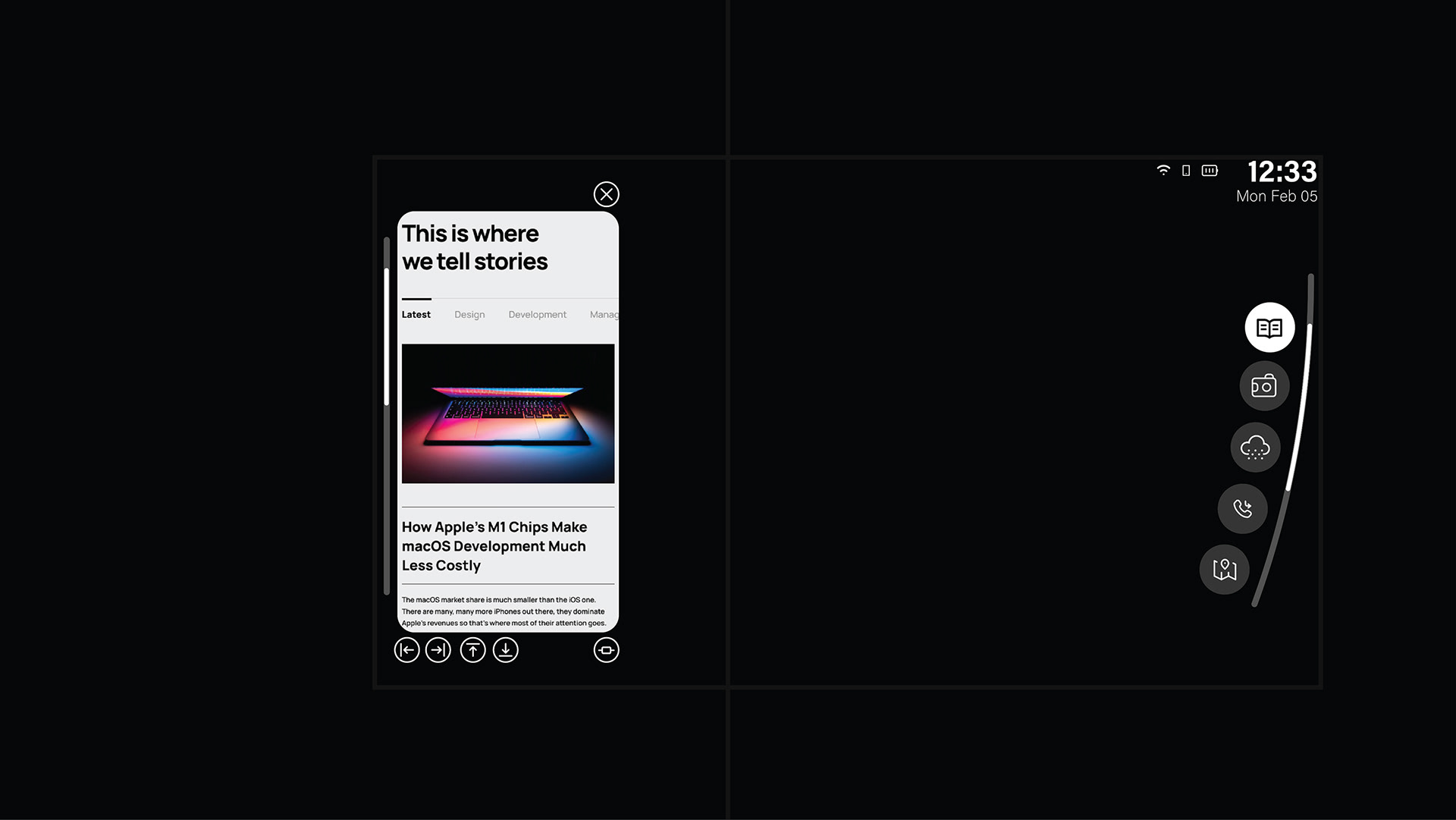
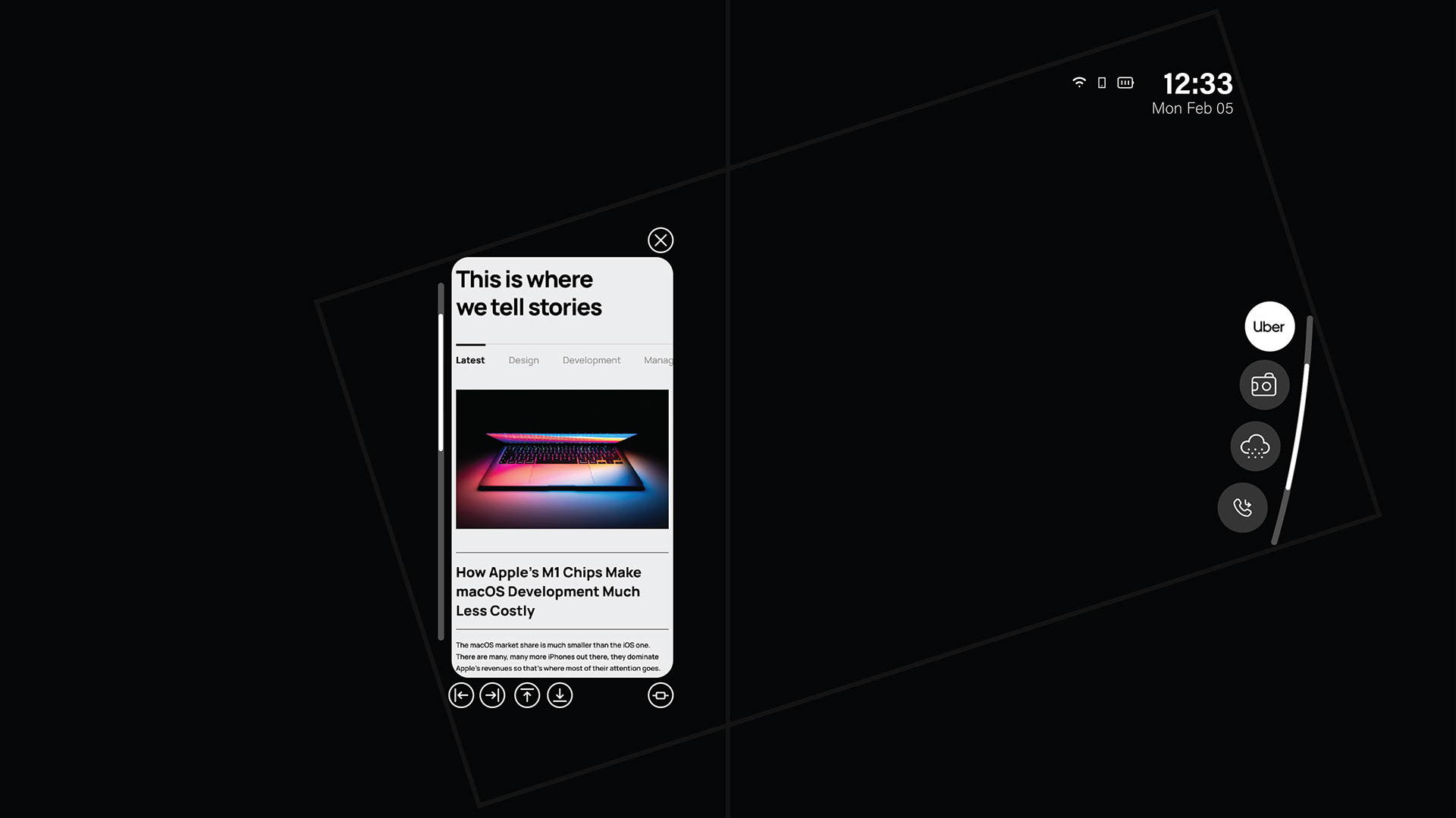
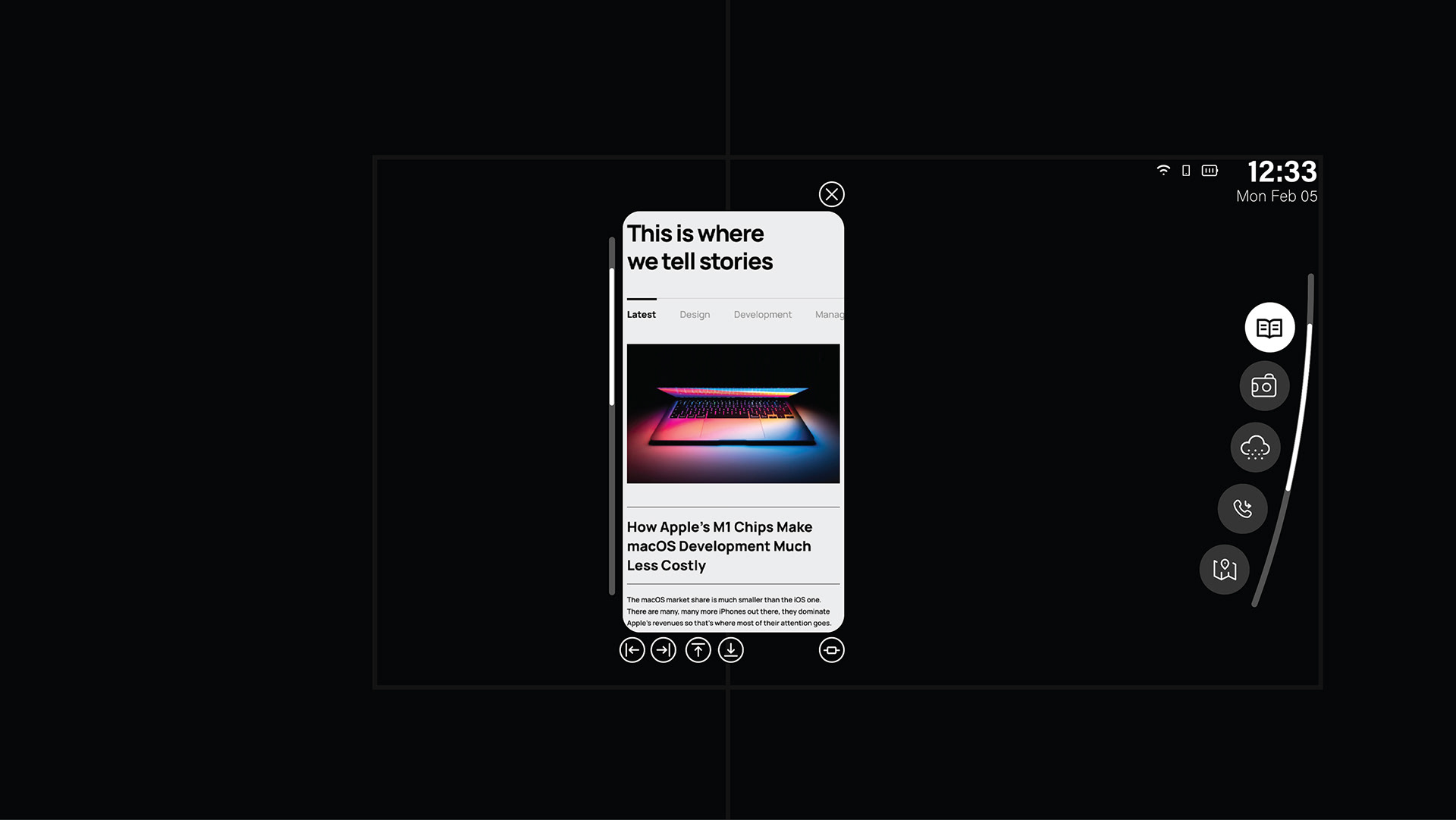
DEMO v1
The white arrow dashing around is the eye tracking cursor.
The white arrow dashing around is the eye tracking cursor.
